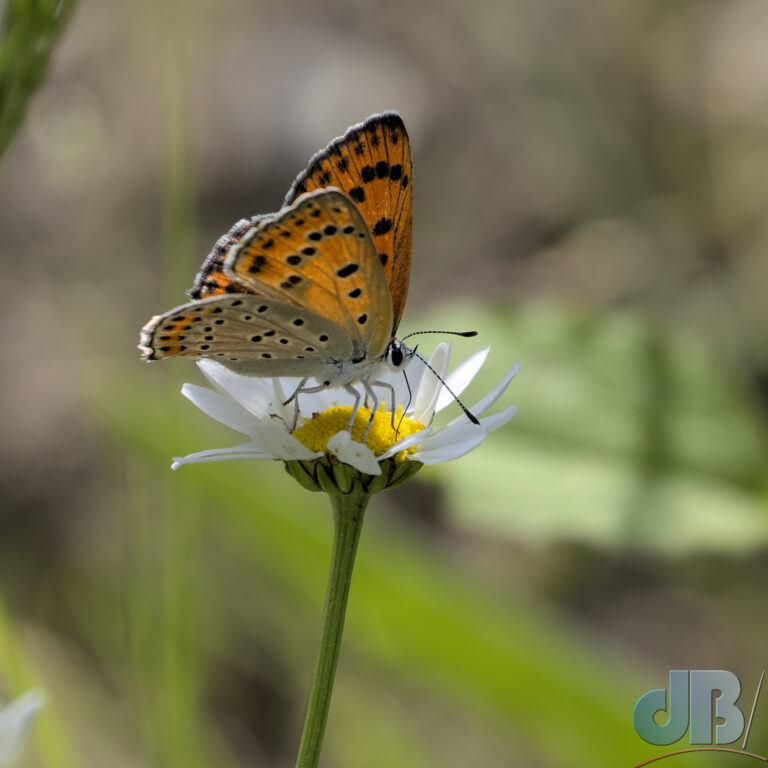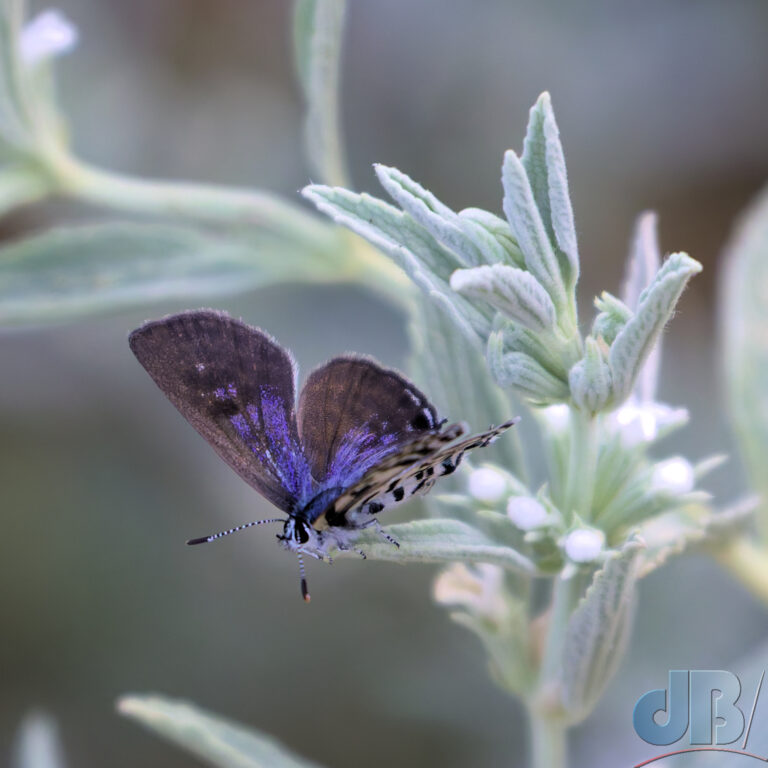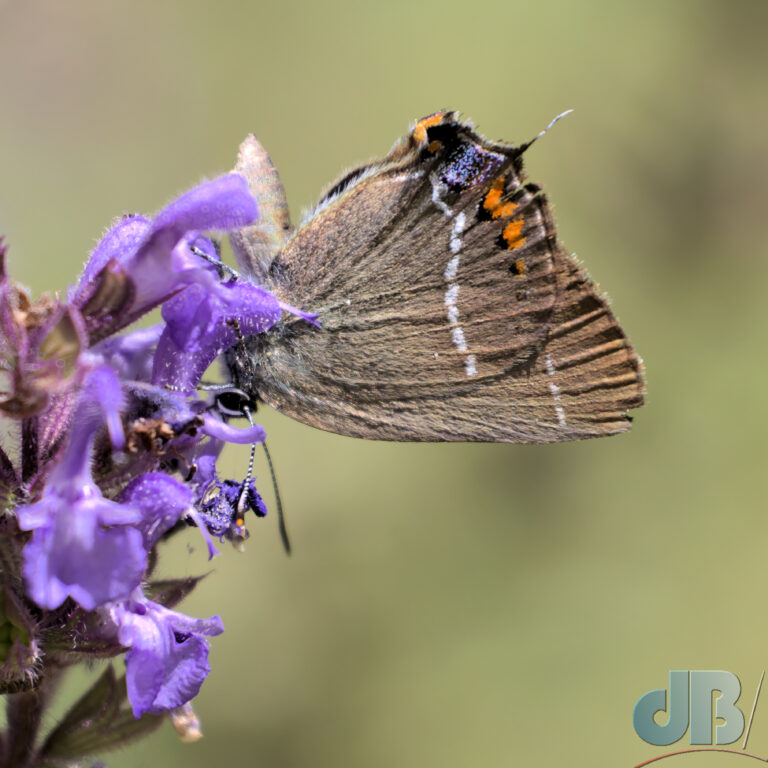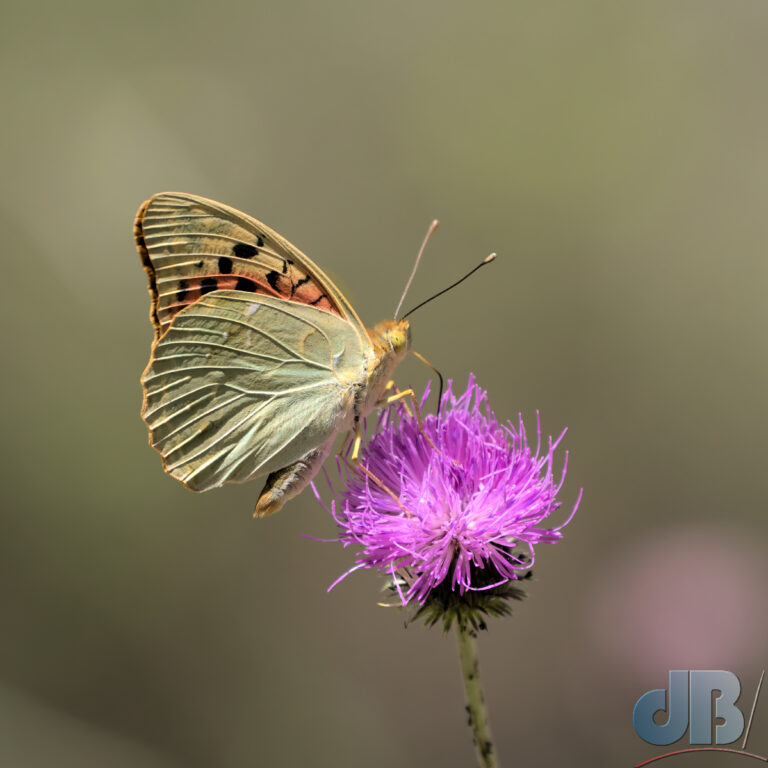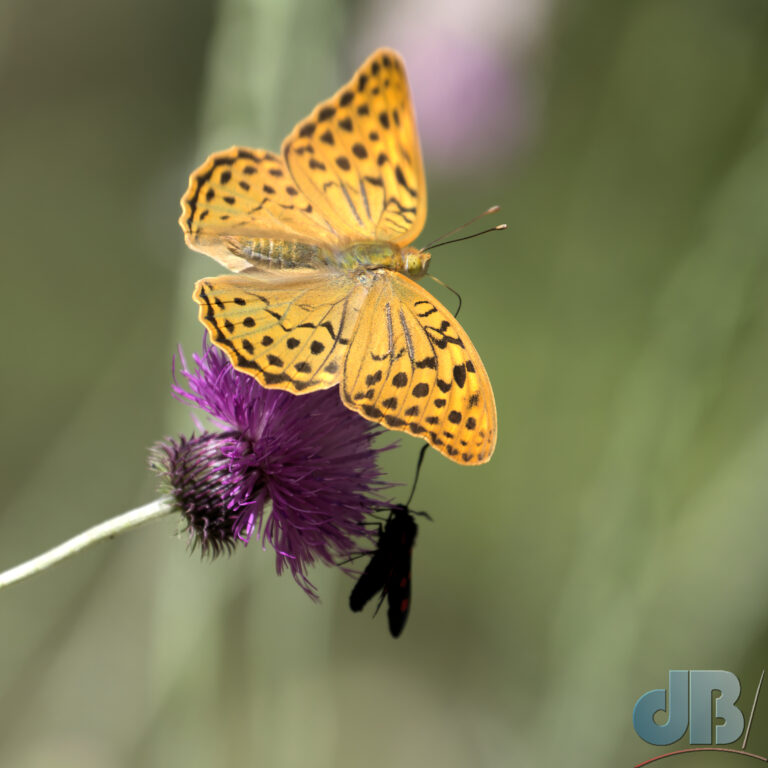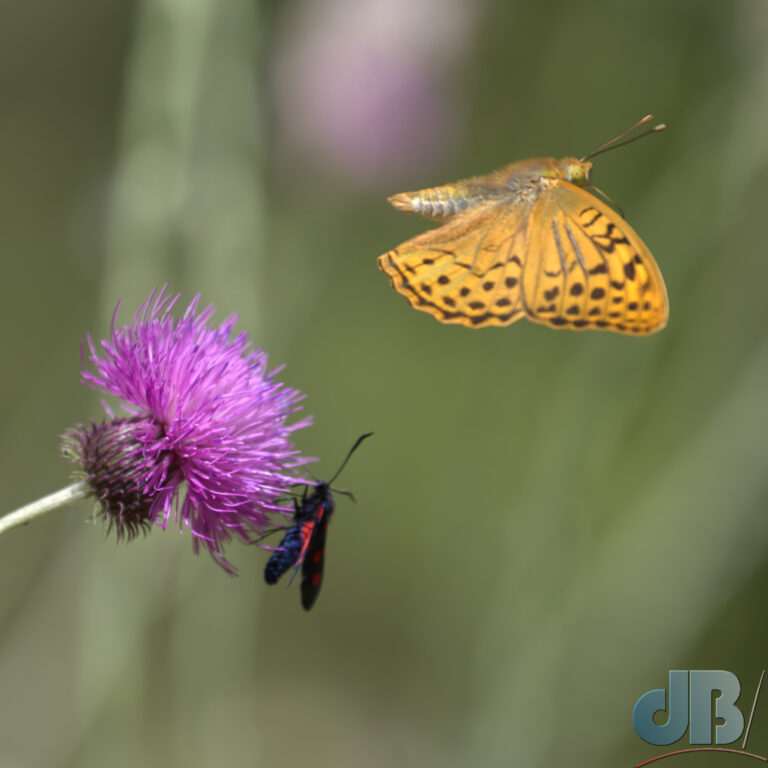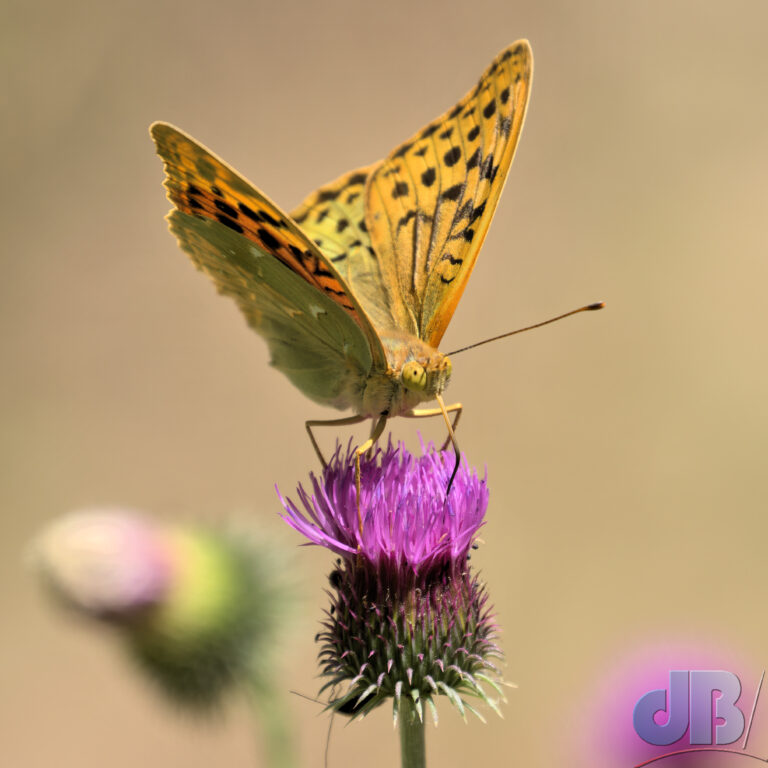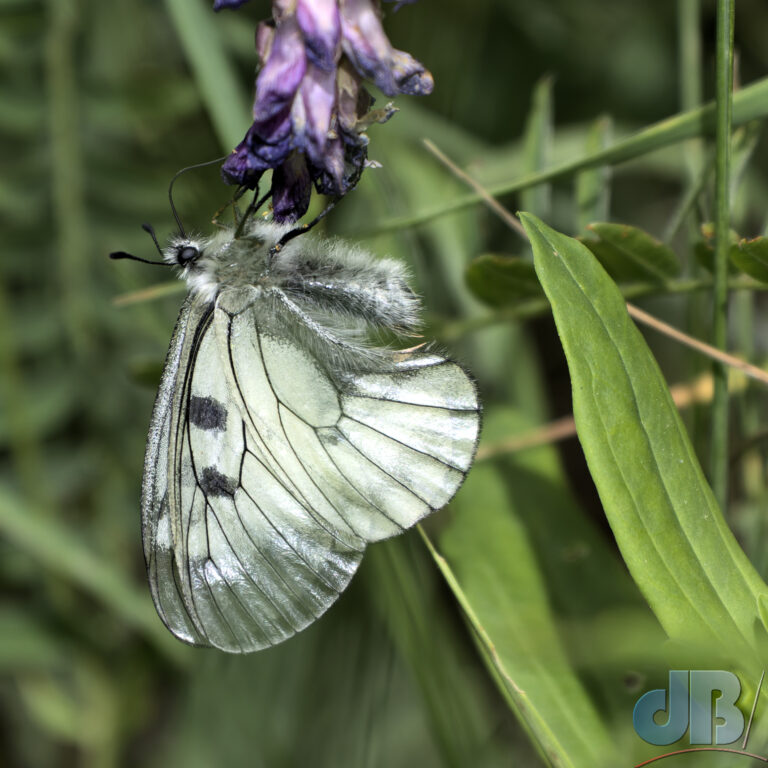We’ve all seen them, the social media videos where a musician runs through the intro to a famous song starting in one musical key and stepping up a tone until they’ve covered the octave, they then ask you to determine which was the key of the recorded version of the song with which we’re all familiar. The most recent I saw was Piano Man by Billy Joel. Key 3, which was C major was the one I guessed and that is the key the original song was published in 1973. Joel more recently performs it live a couple of semitones lower in B-flat (Bb) major.
Anyway, lots of people get lots of these little musical quizzes right, although tests show that roughly 1 in 10000 of us has what is called “perfect pitch”, the ability to gauge the key of a tune with no immediately prior reference to a musical instrument to know what that Doh-Ray-Me is C-D-E or Bb-Db-Eb. However, people do seem surprisingly good if it’s an ingrained earworm or just a tune they’ve heard many times, like a pop song.
Recent research in the journal Attention, Perception, and Psychophysics looked at this phenomenon. The scientists surveyed thirty English-speaking participants over the course of a week. They asked them to record any music playing in their heads, known as involuntary musical imagery (INMI) or colloquially earworms.
They then asked the participants to recall the tune in the key they felt the original song is in. They found that almost half the time (44.7%) there was no pitch error, the participants got the exact pitch correct. In more two-thirds of instances (68.9%), the participants were off by just a semitone. So they said B-major when it was actually in C-major or in the other direction they said C-sharp major instead of C-major. These findings the team suggest, based on a small sample suggest that more people may have something akin to absolute, or perfect, pitch than we currently imagine.
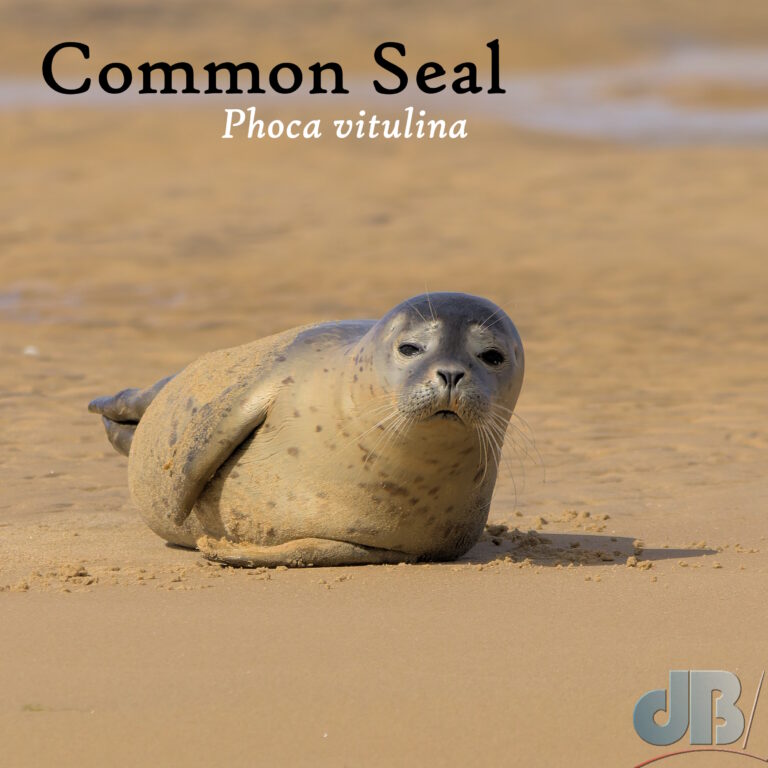
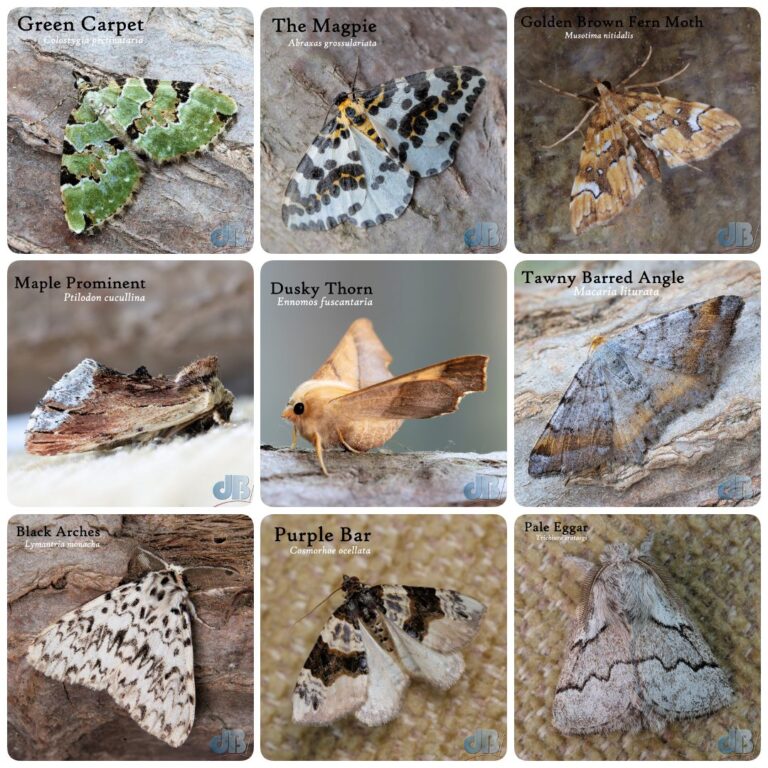
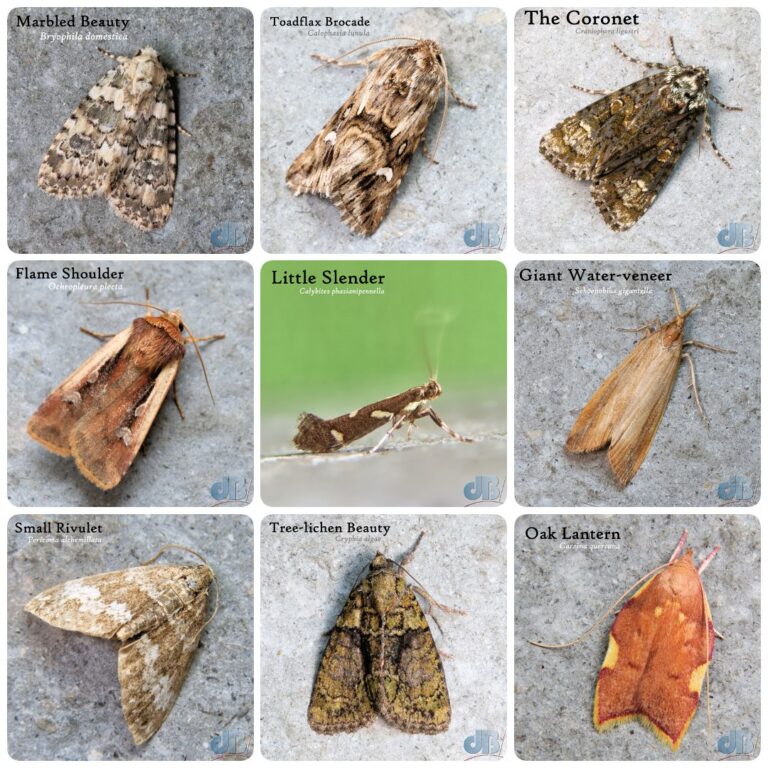
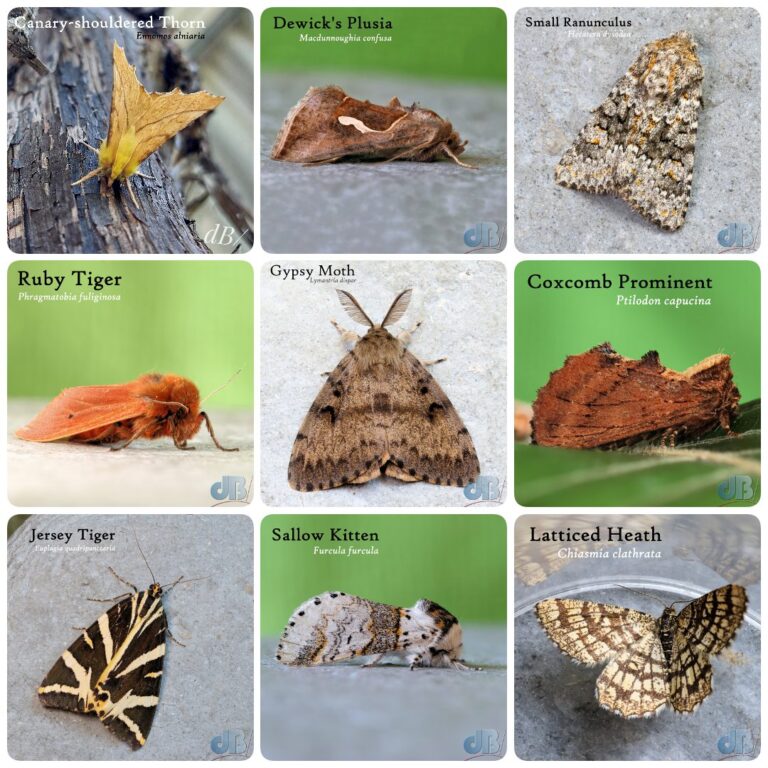
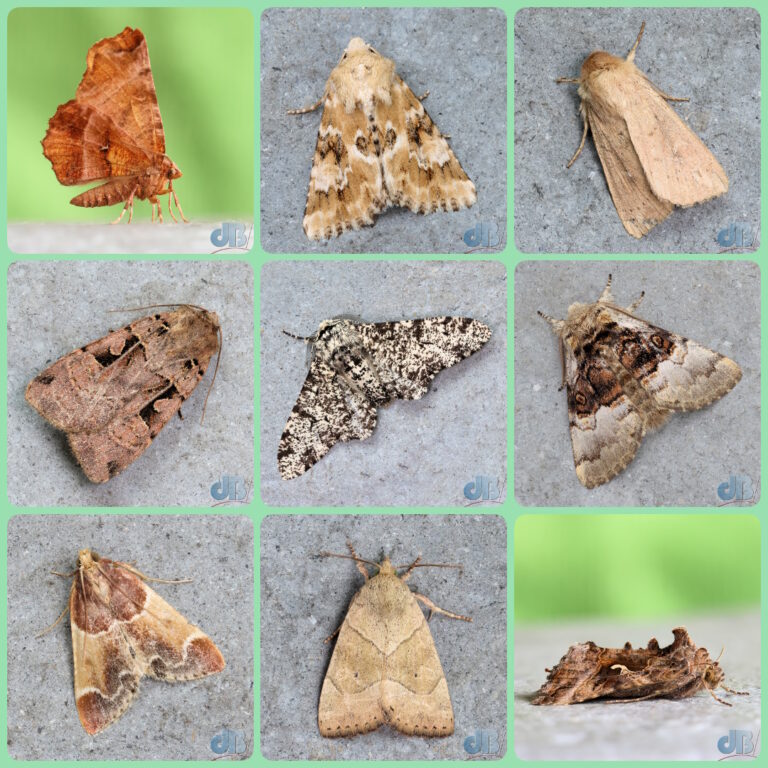
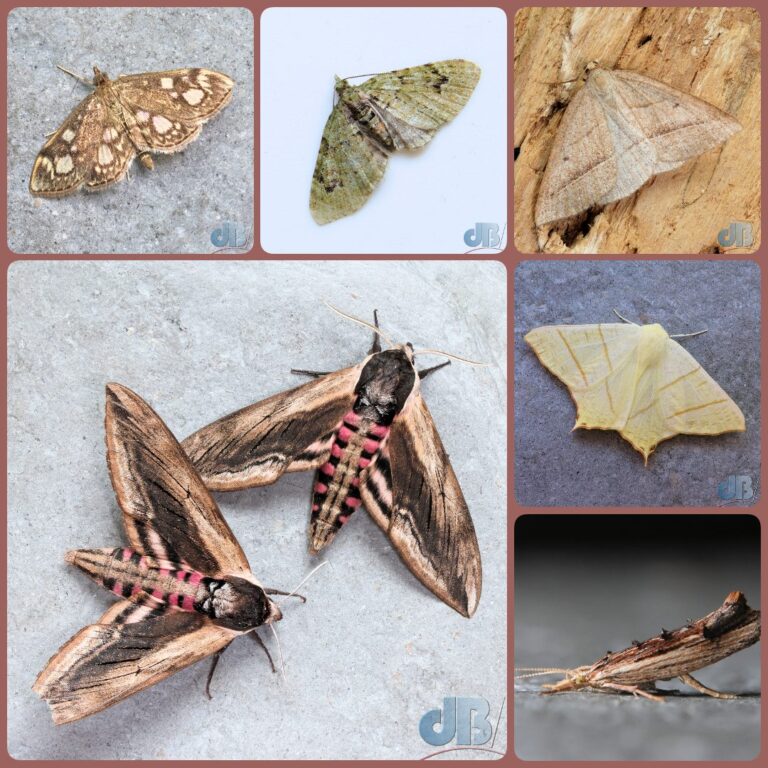
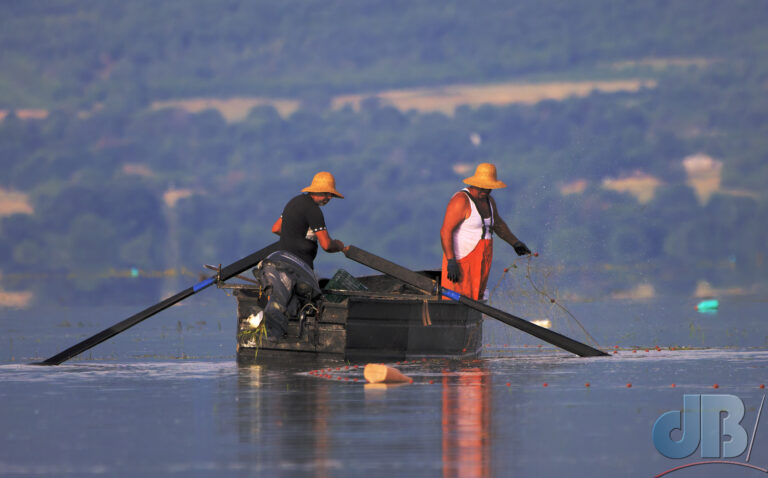
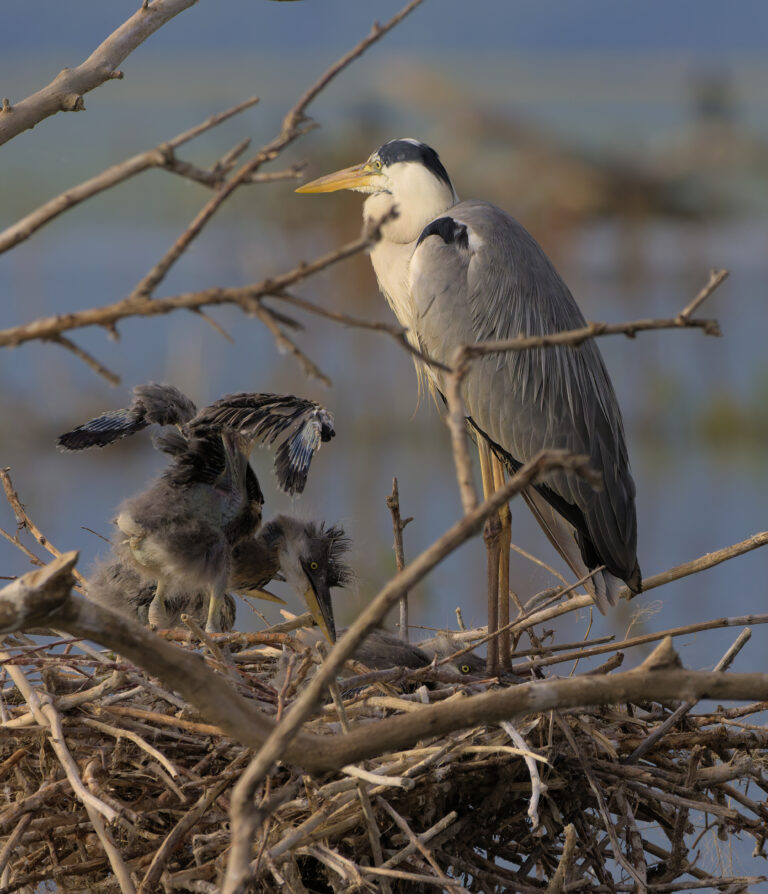
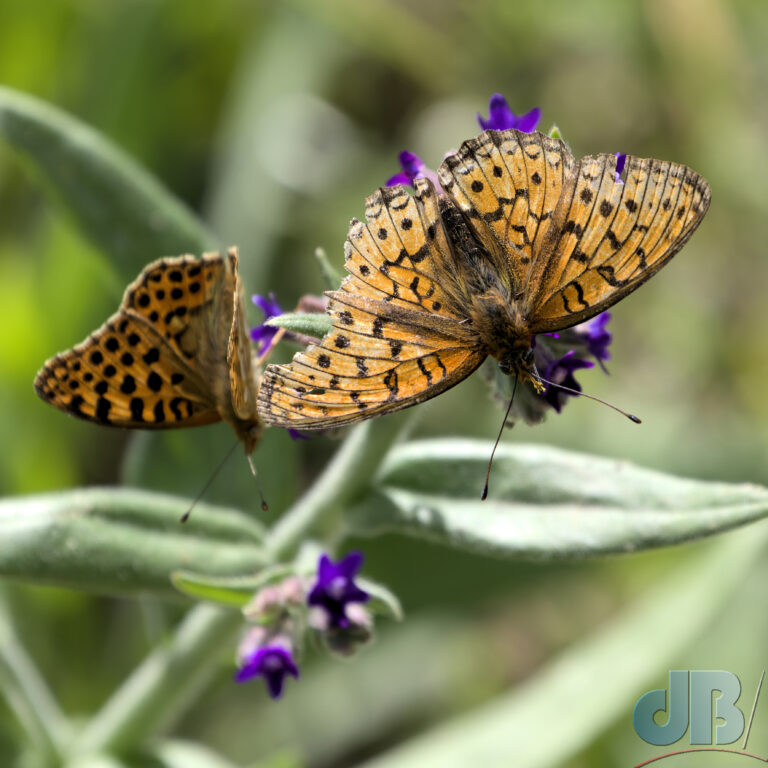
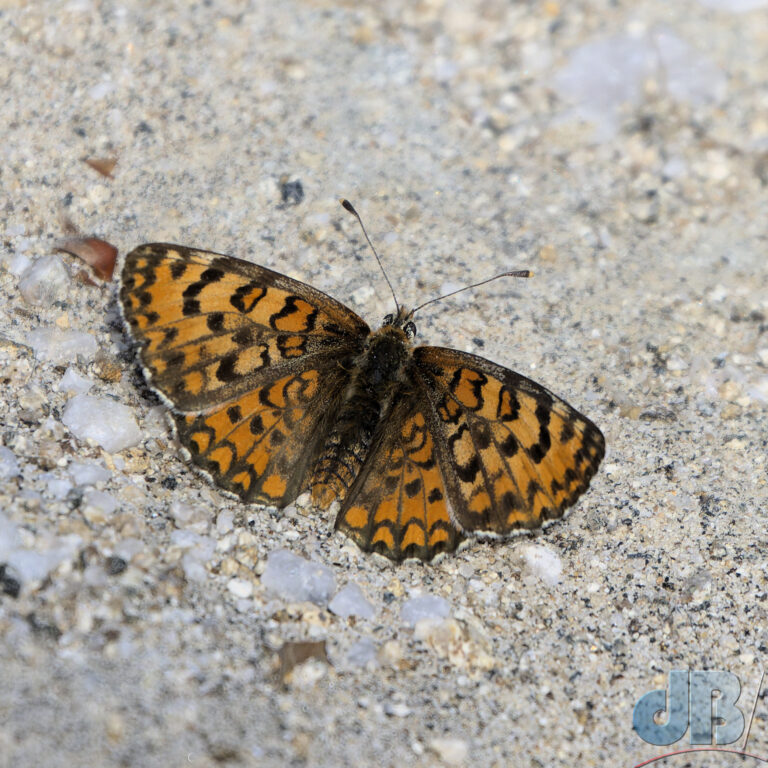
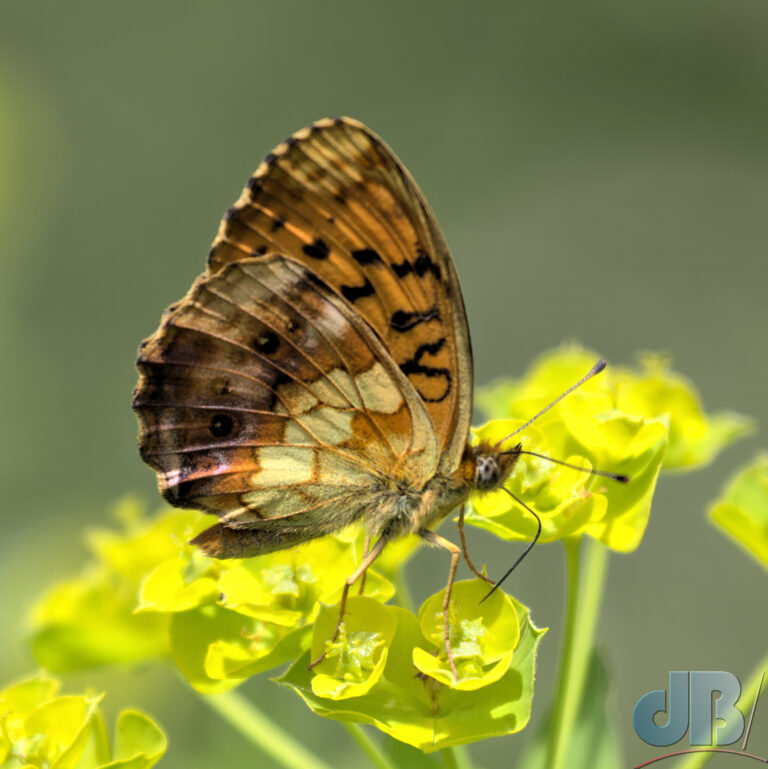
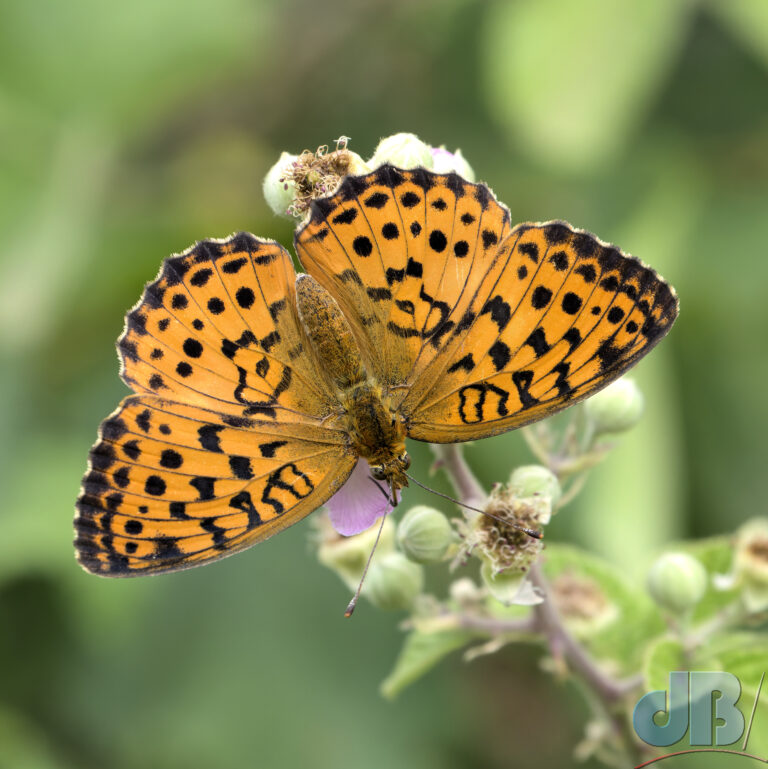
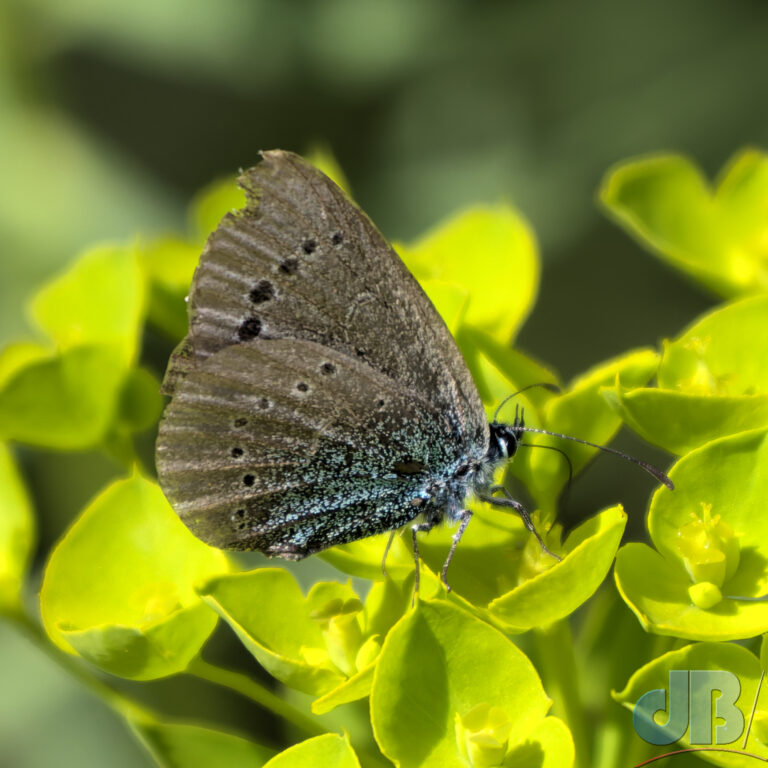
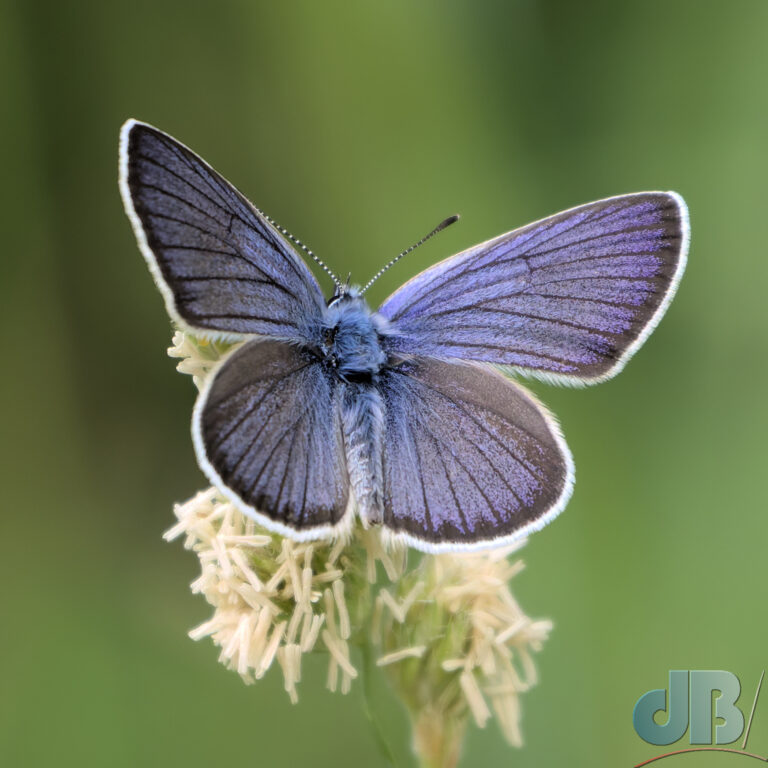
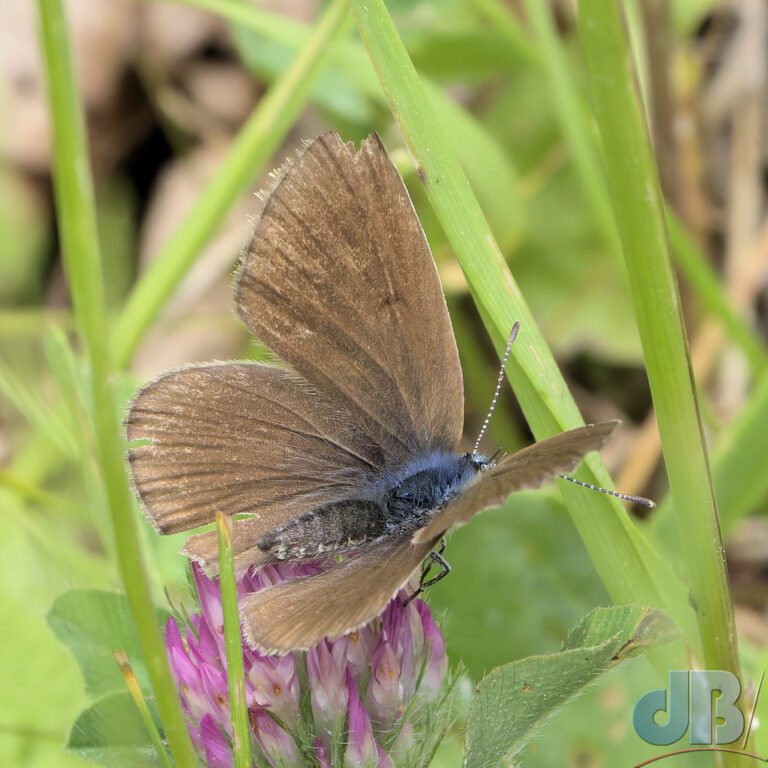
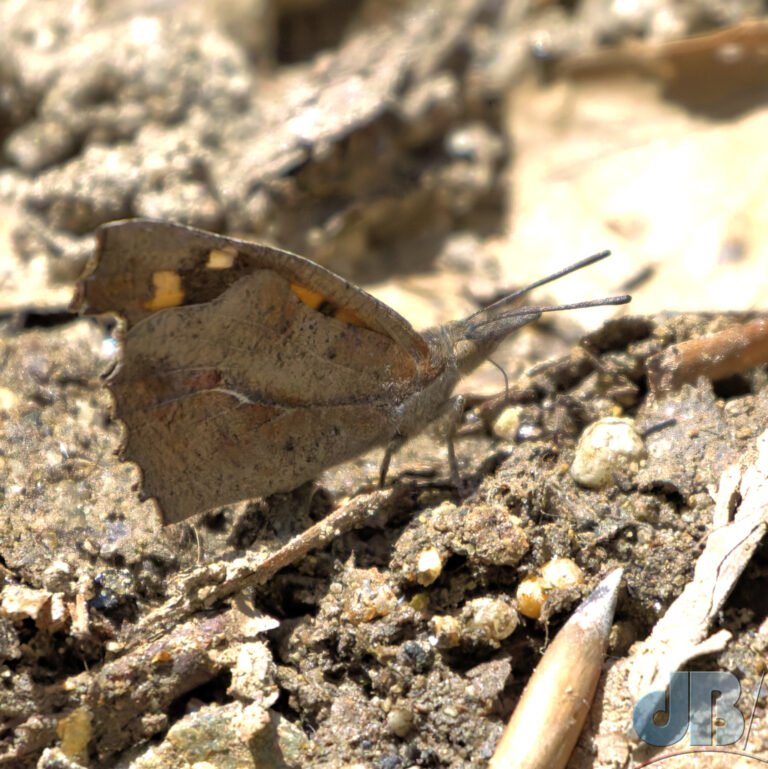
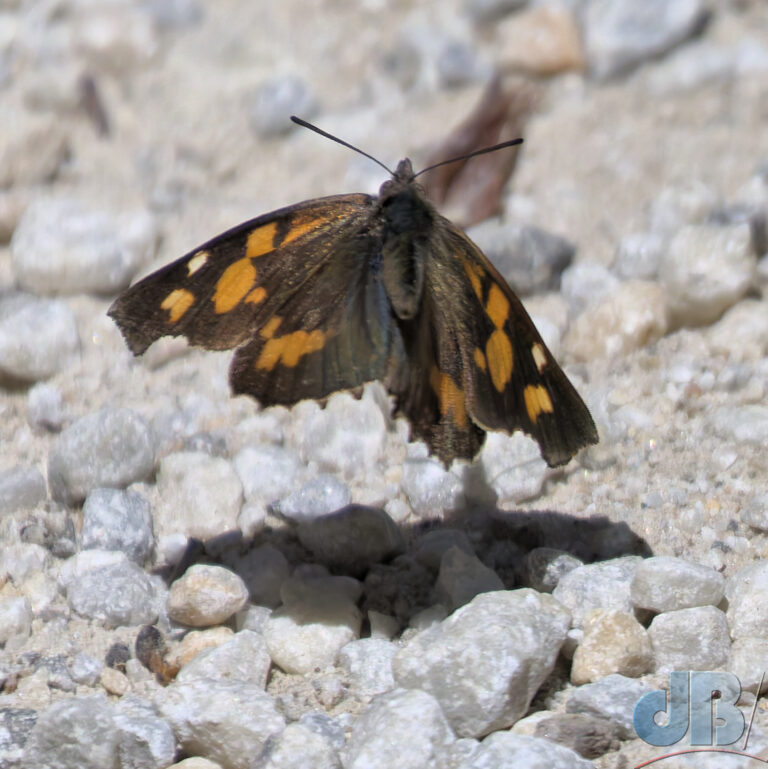
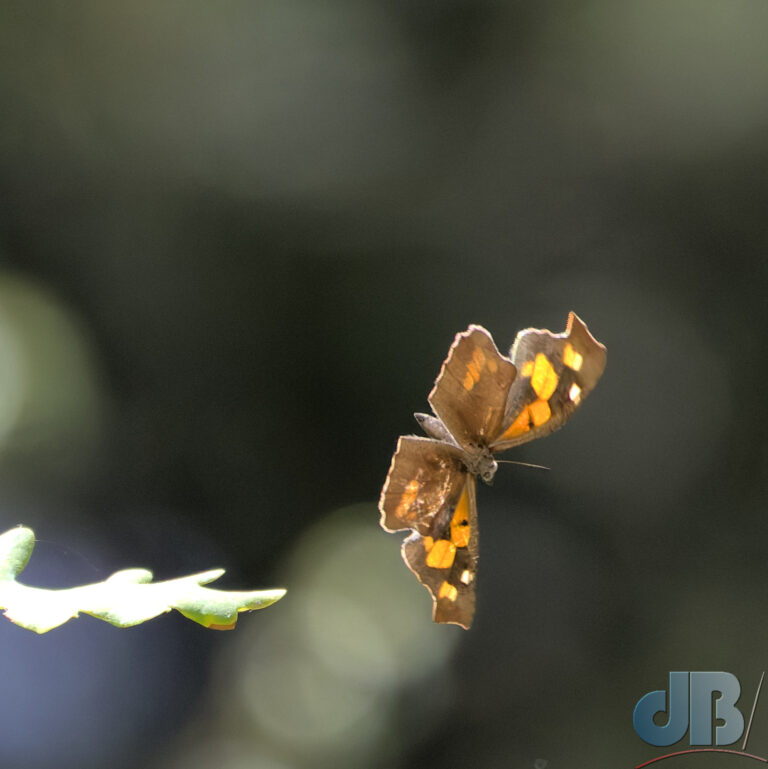
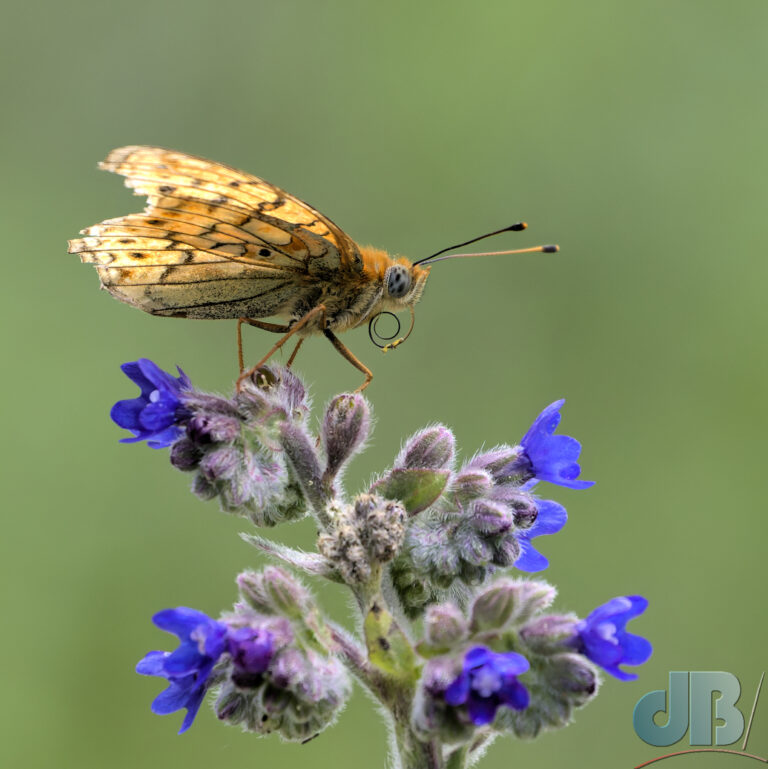
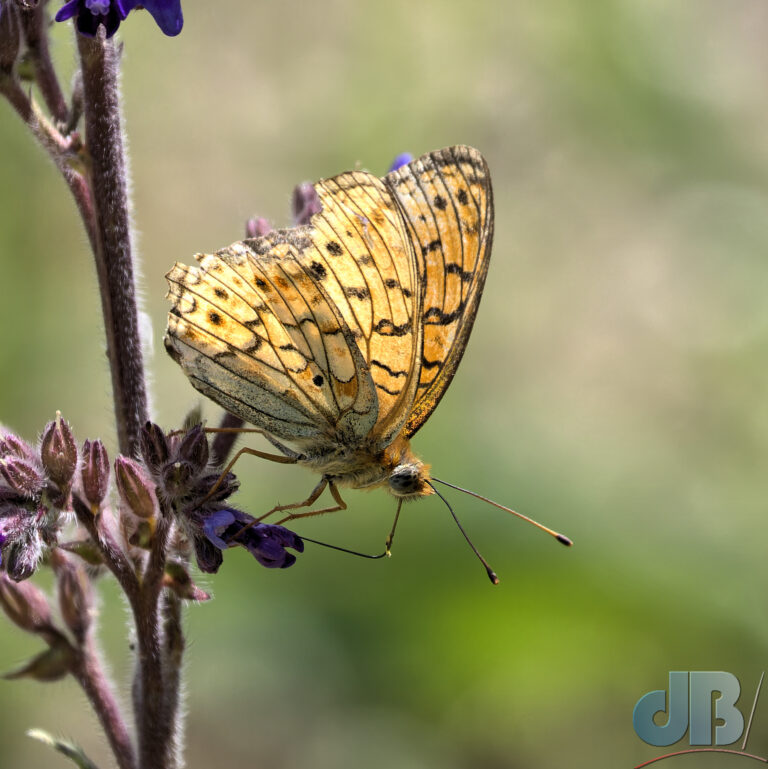
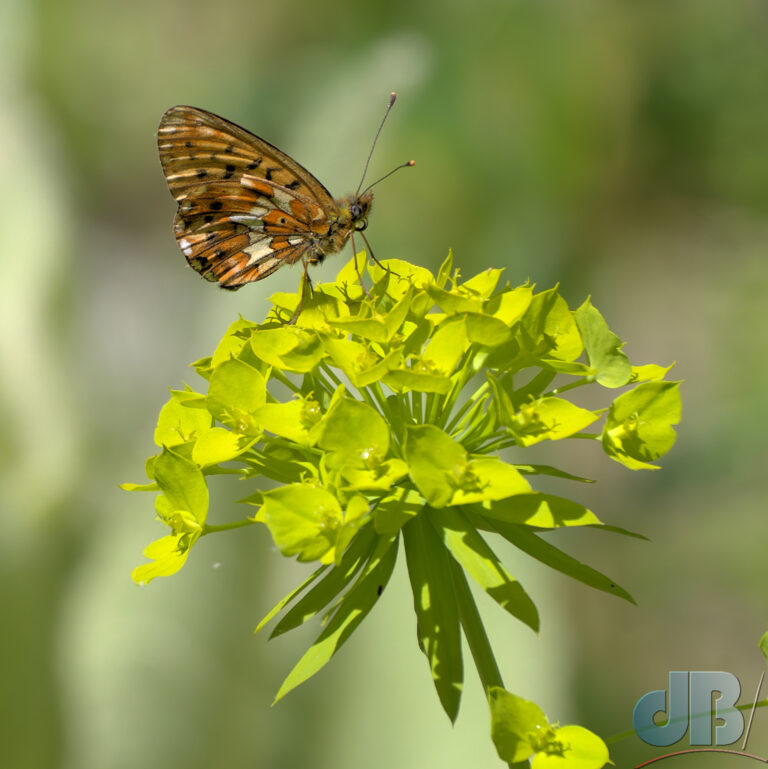
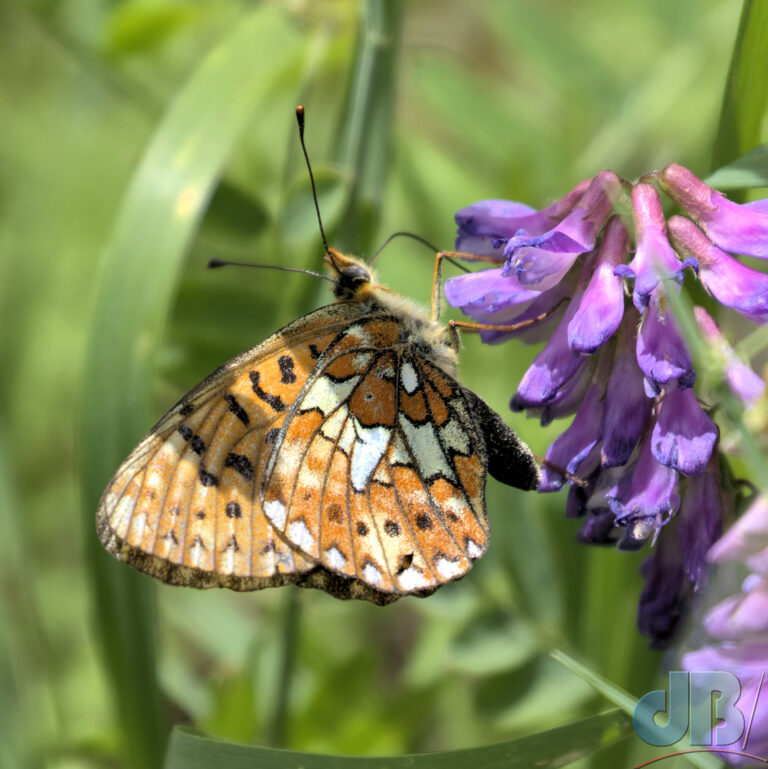
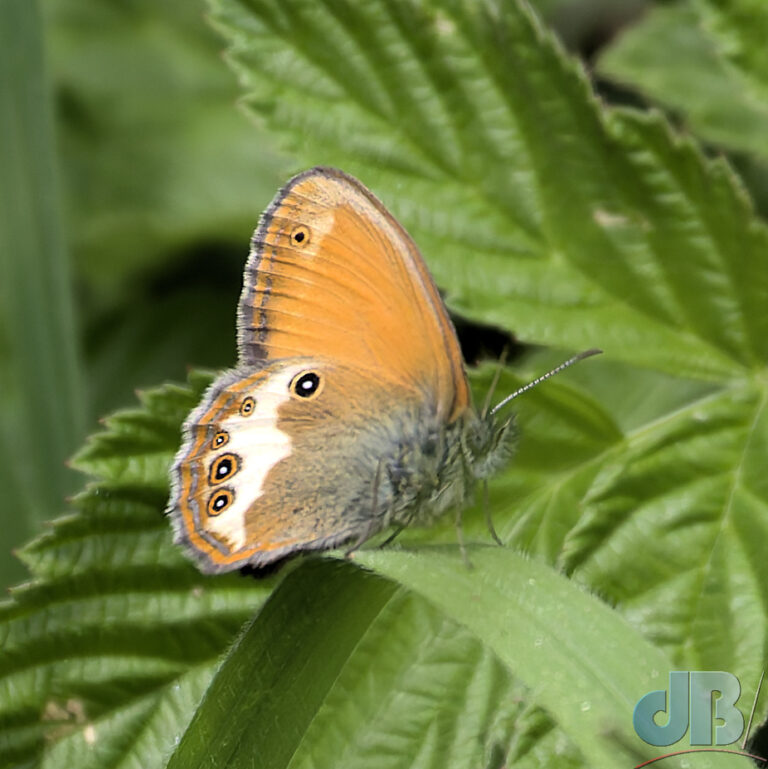
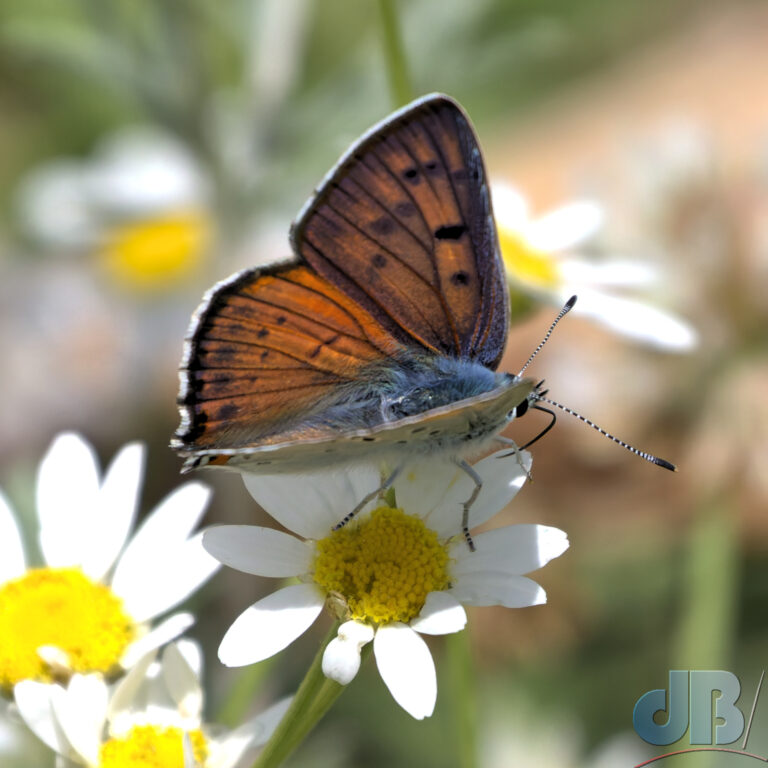
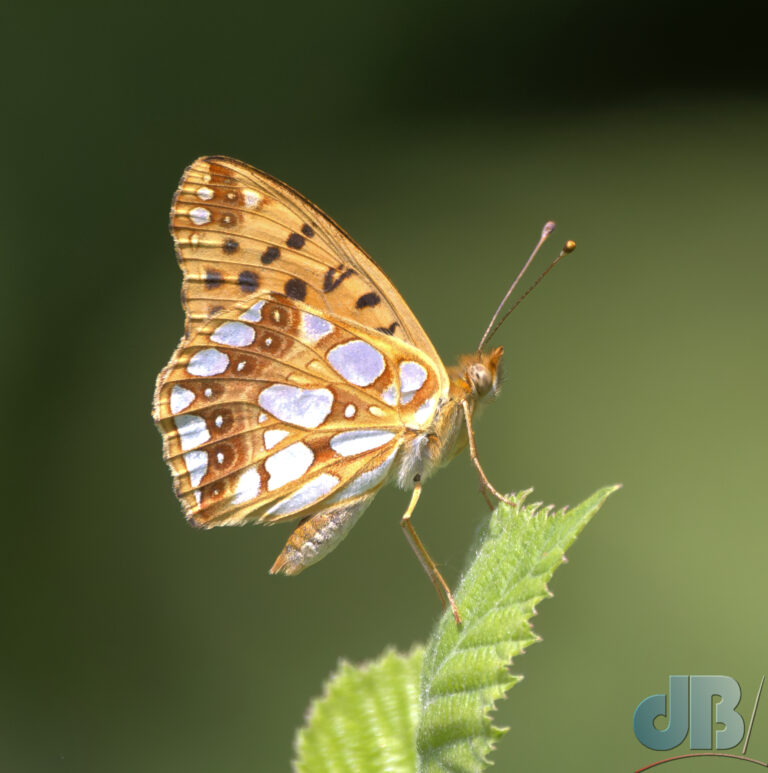

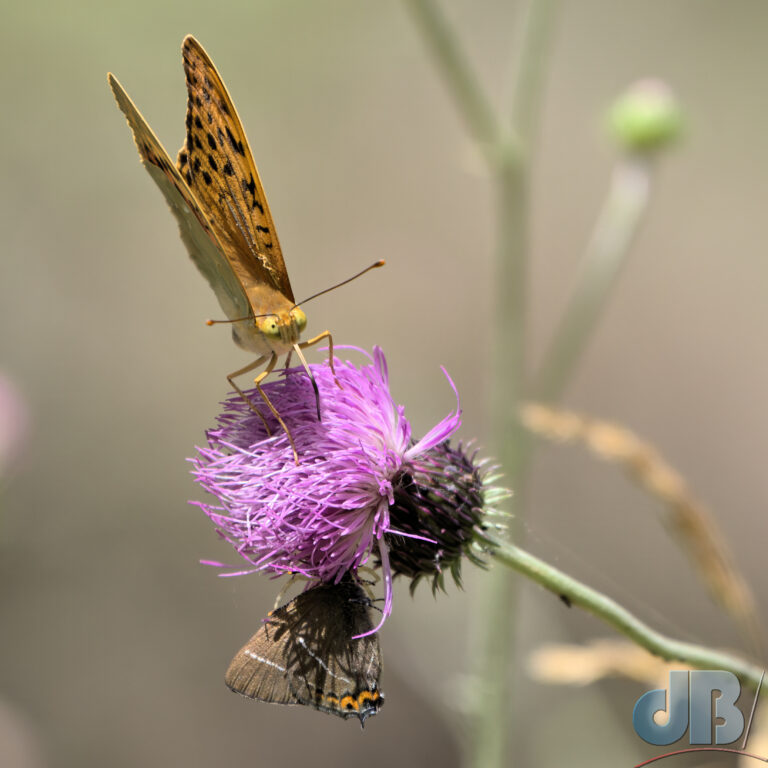
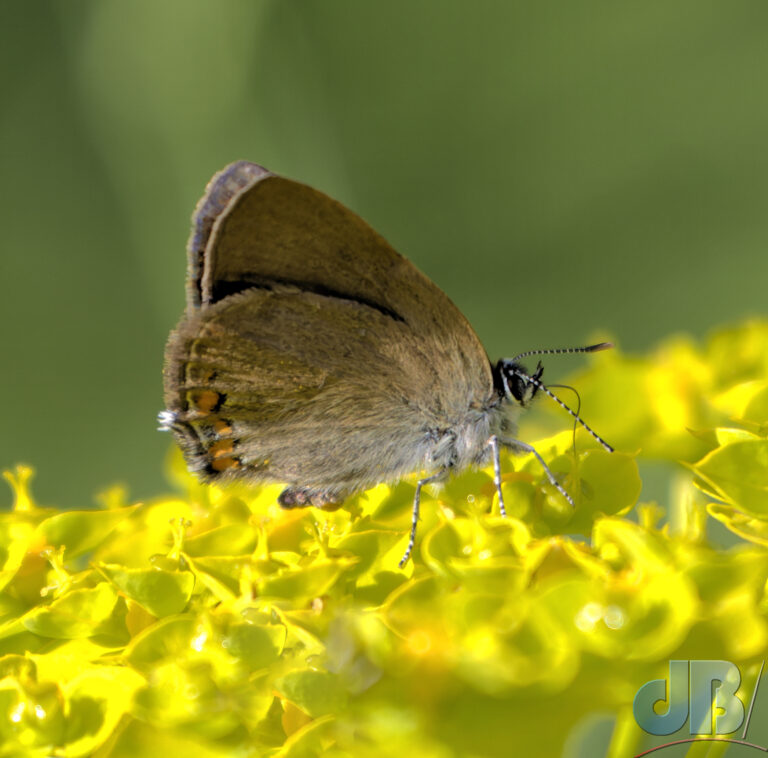
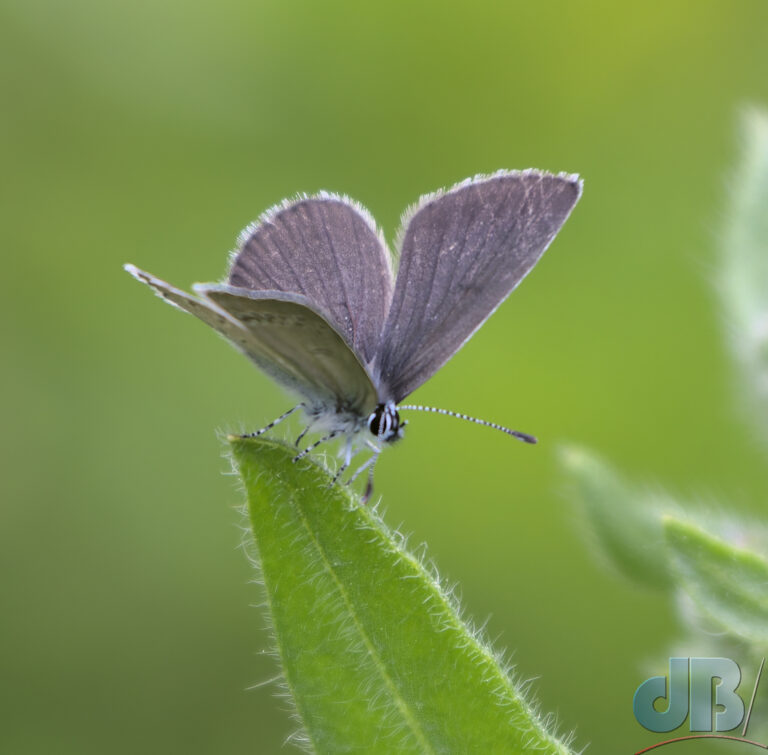

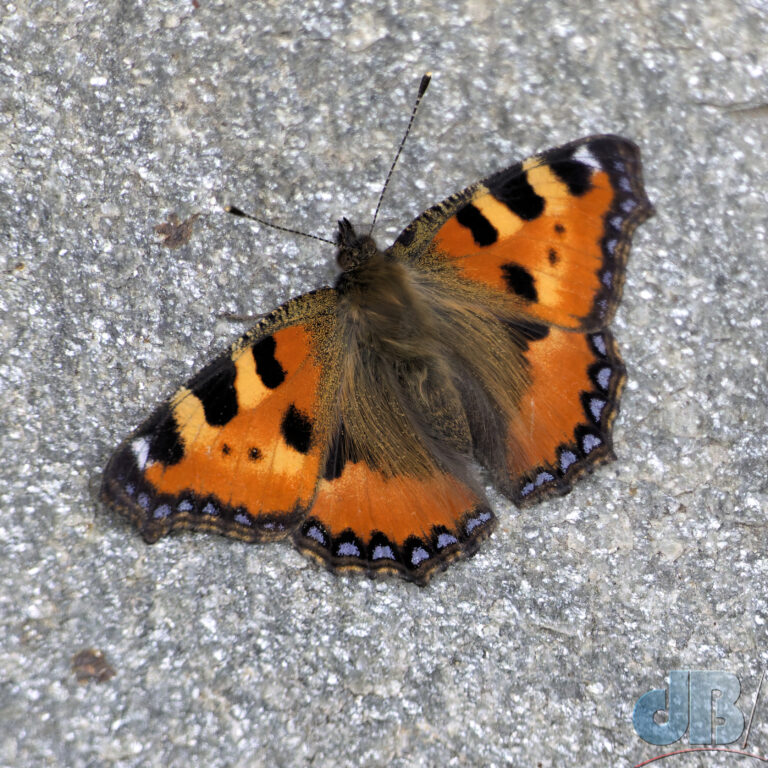
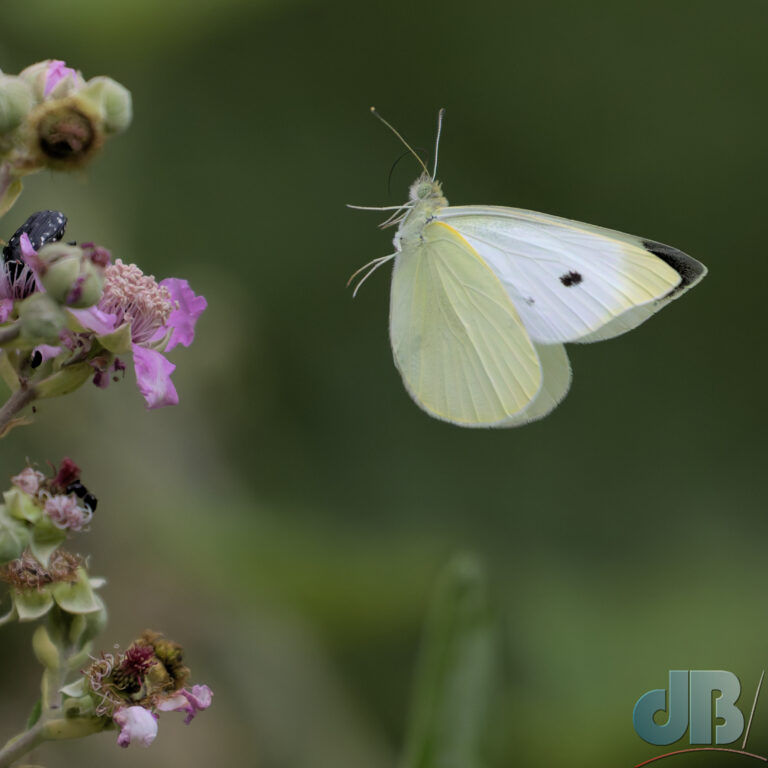
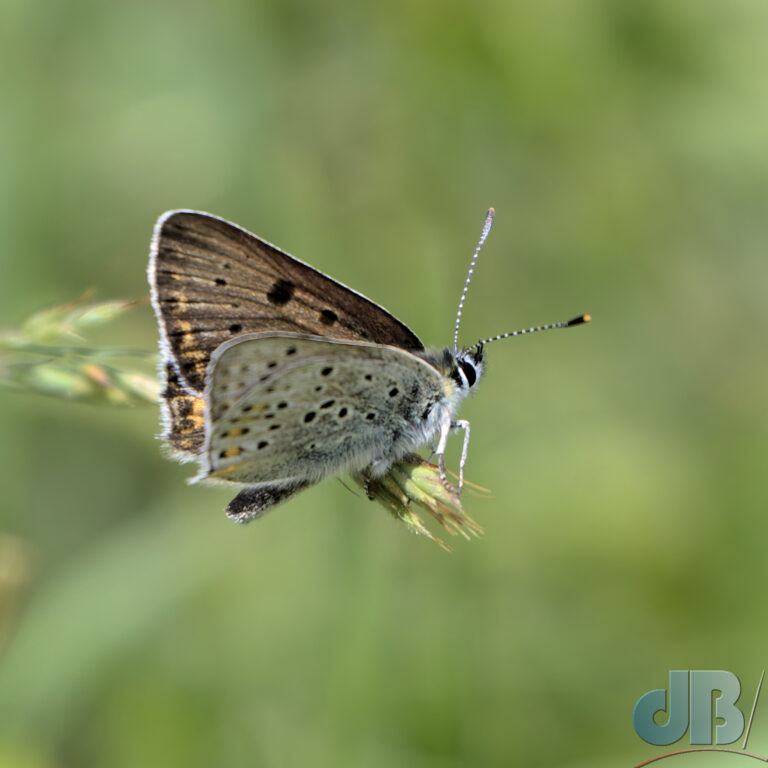
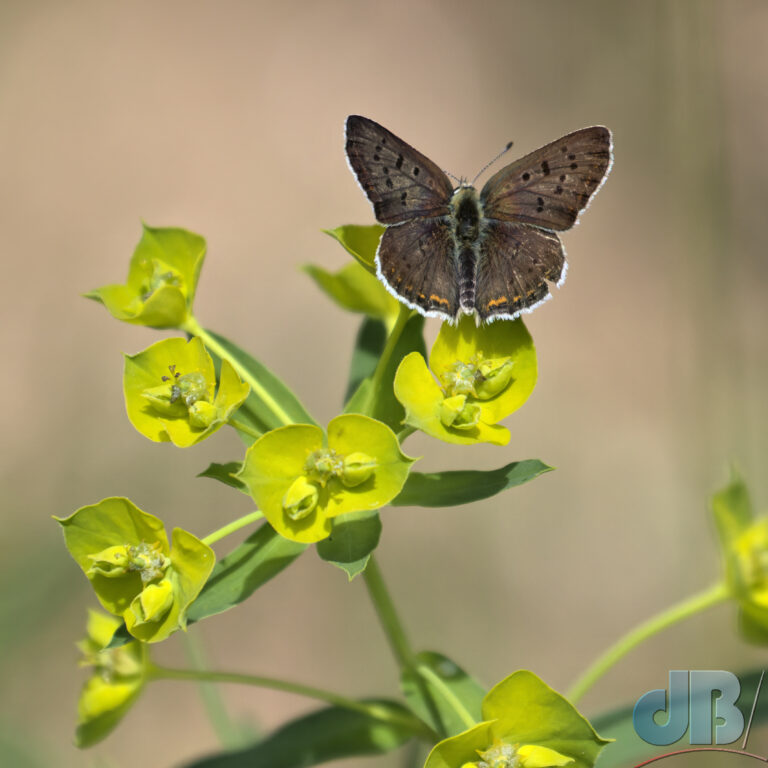
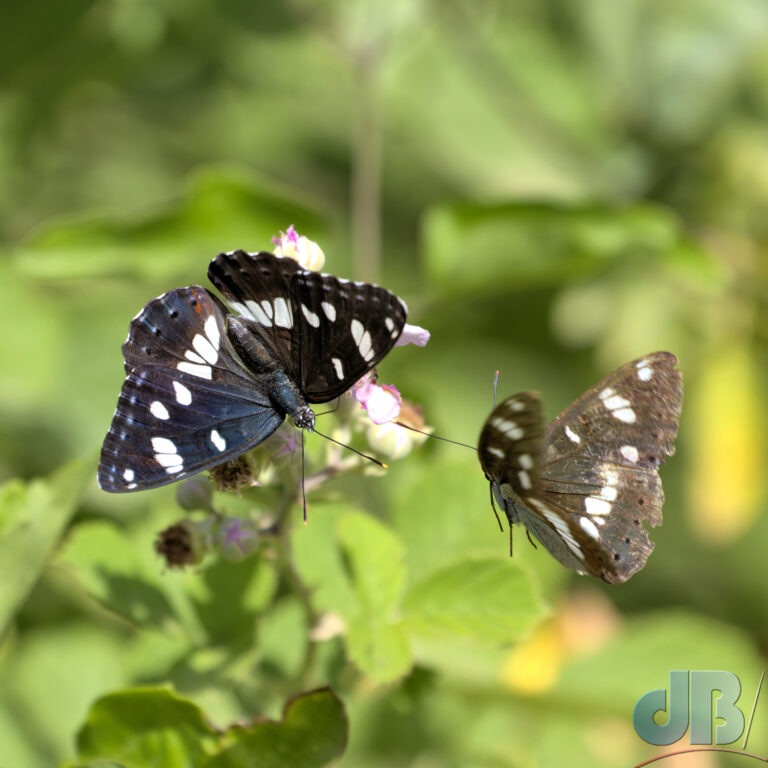
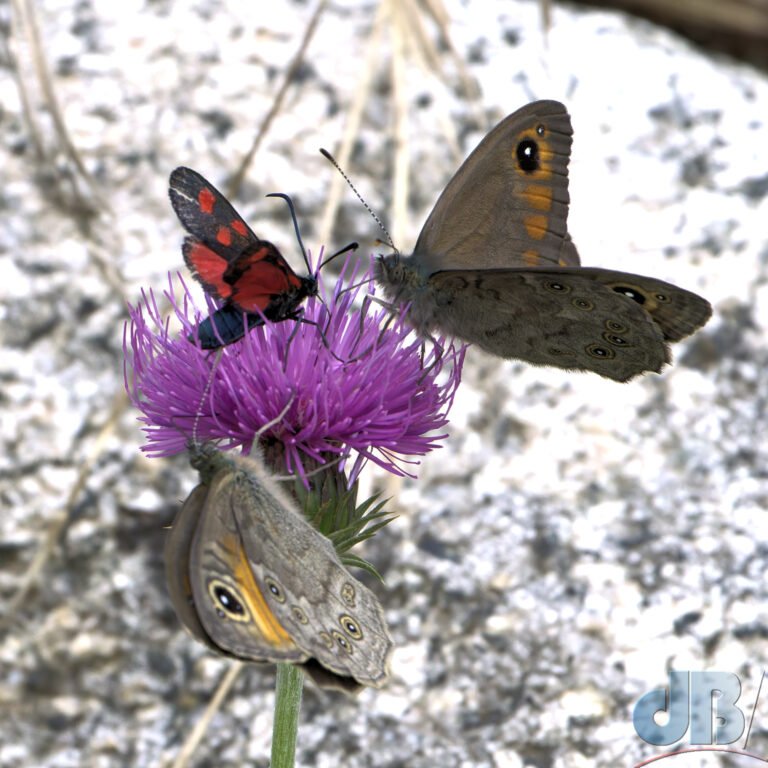

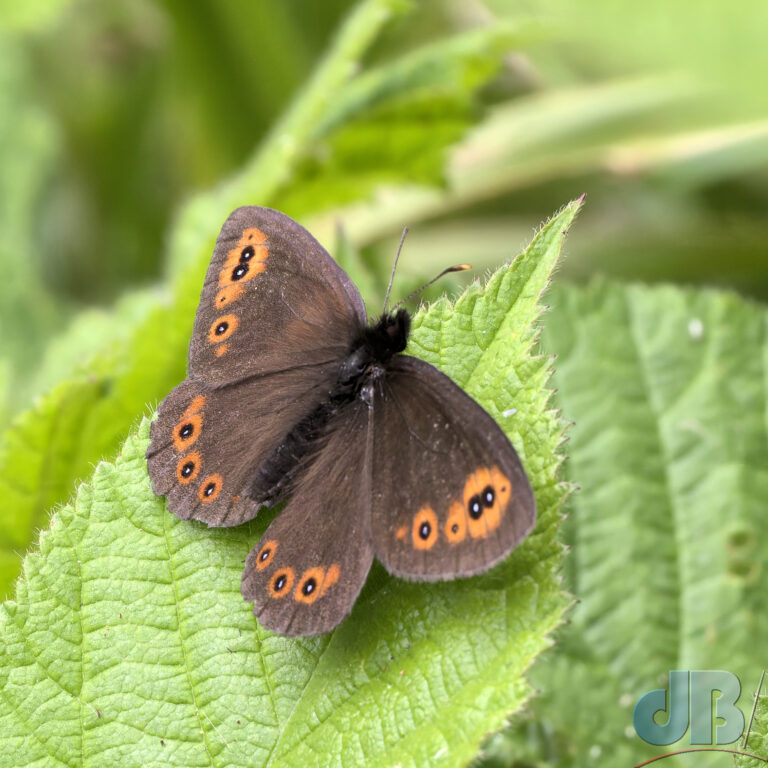
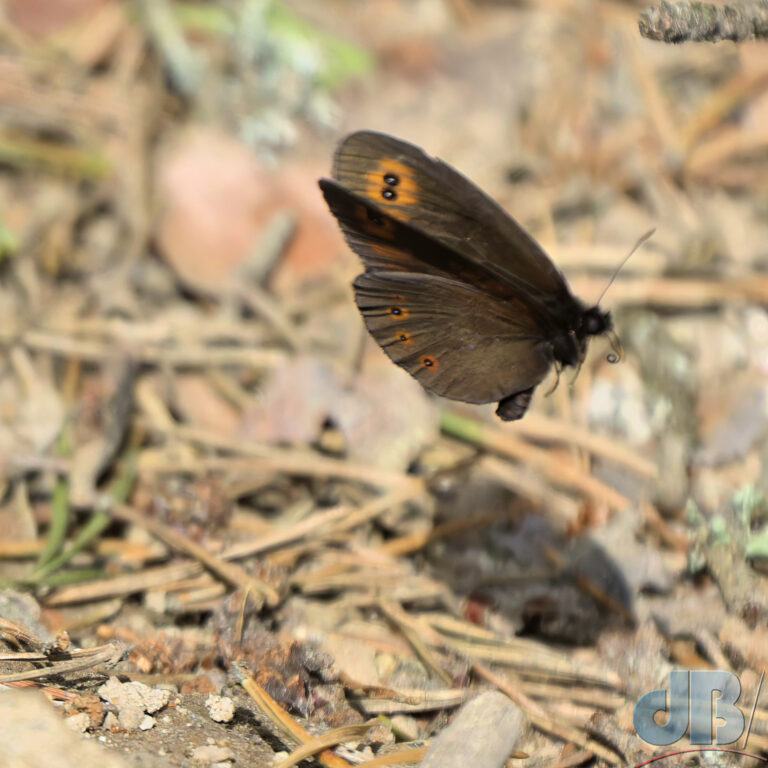
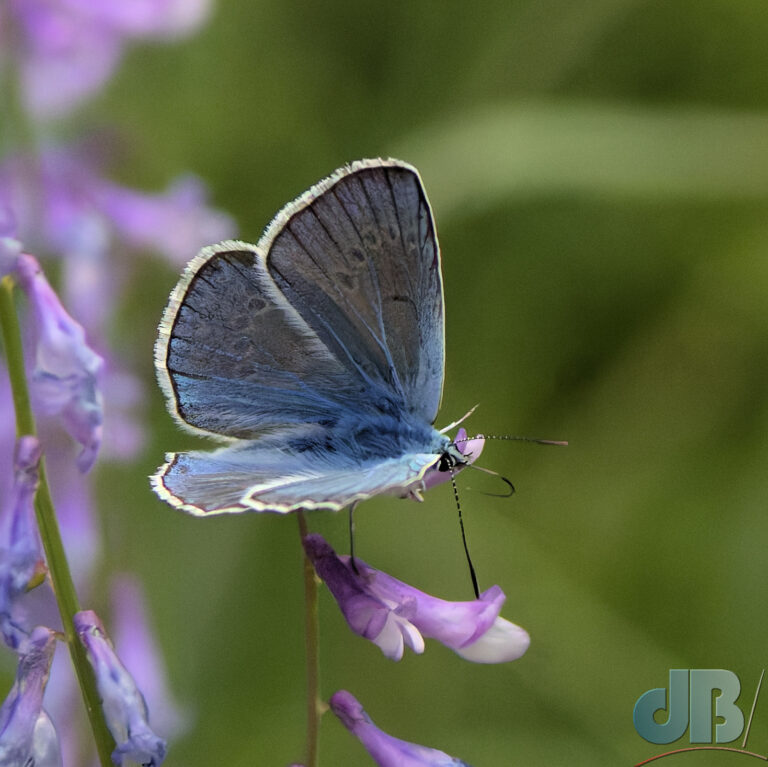
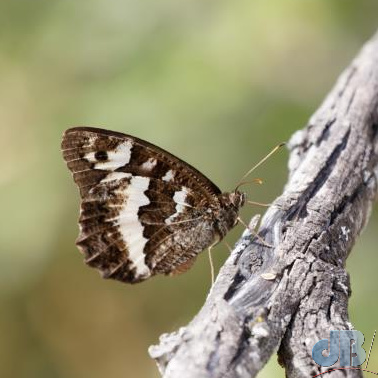
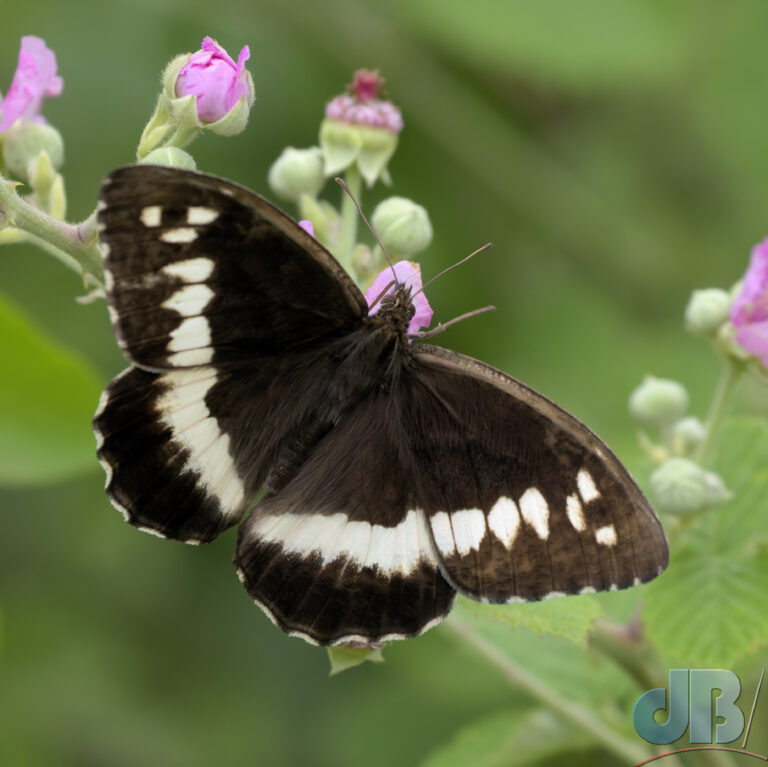
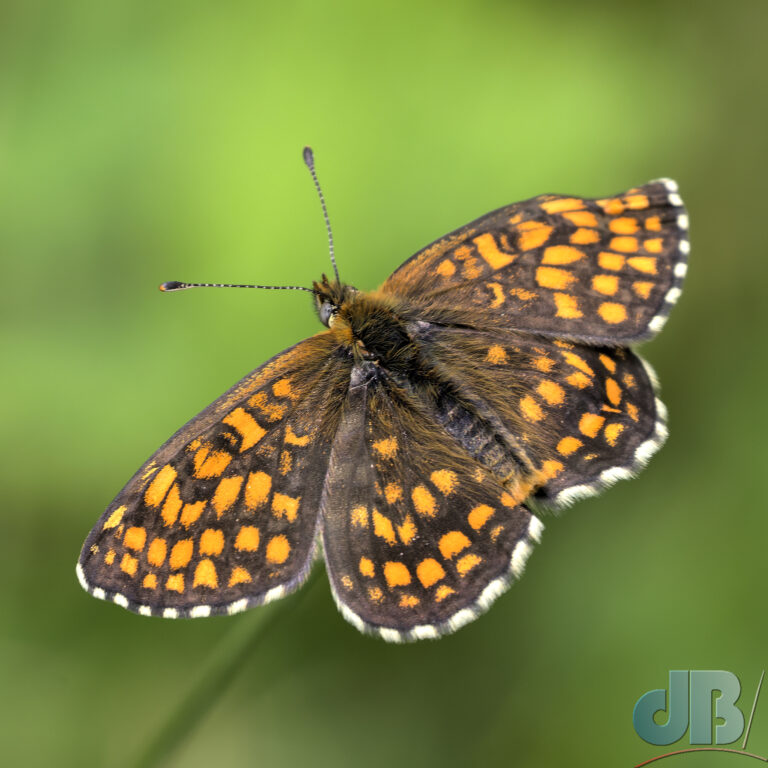
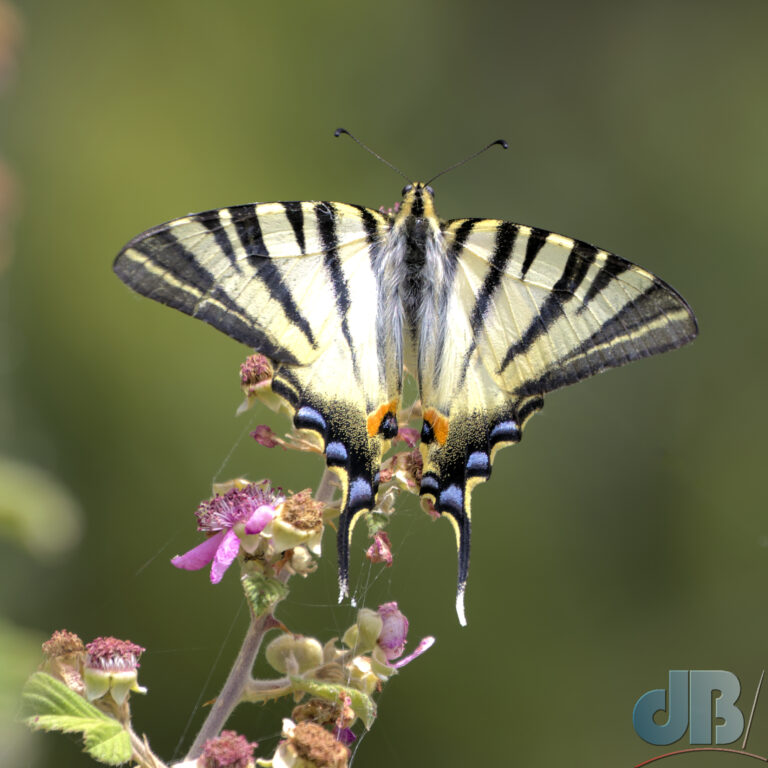
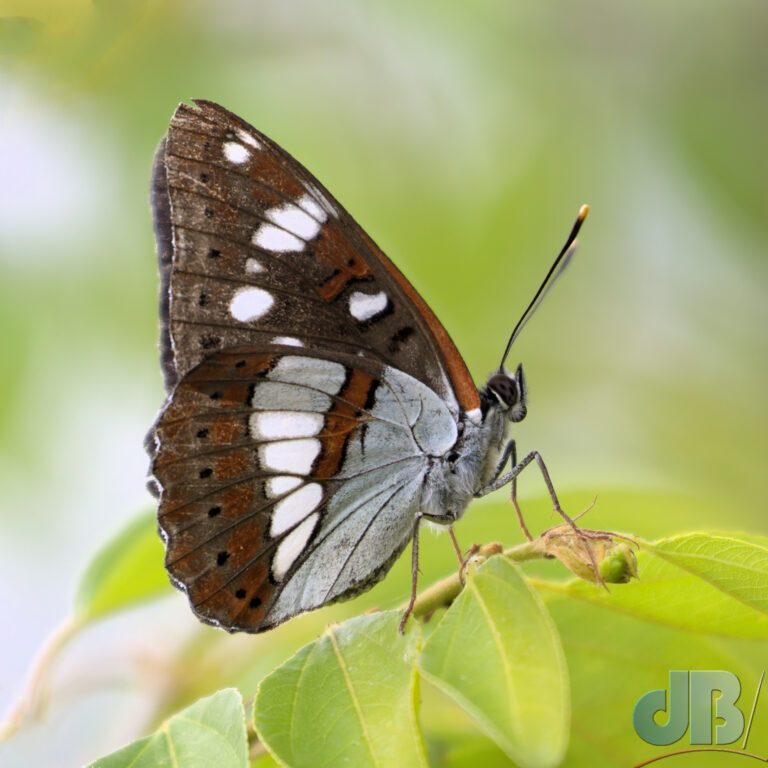

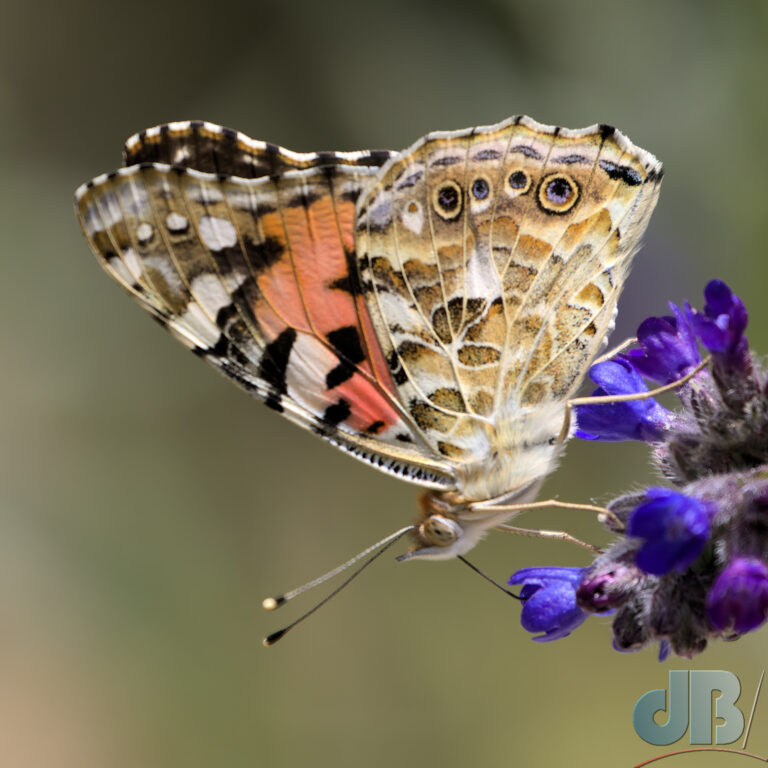
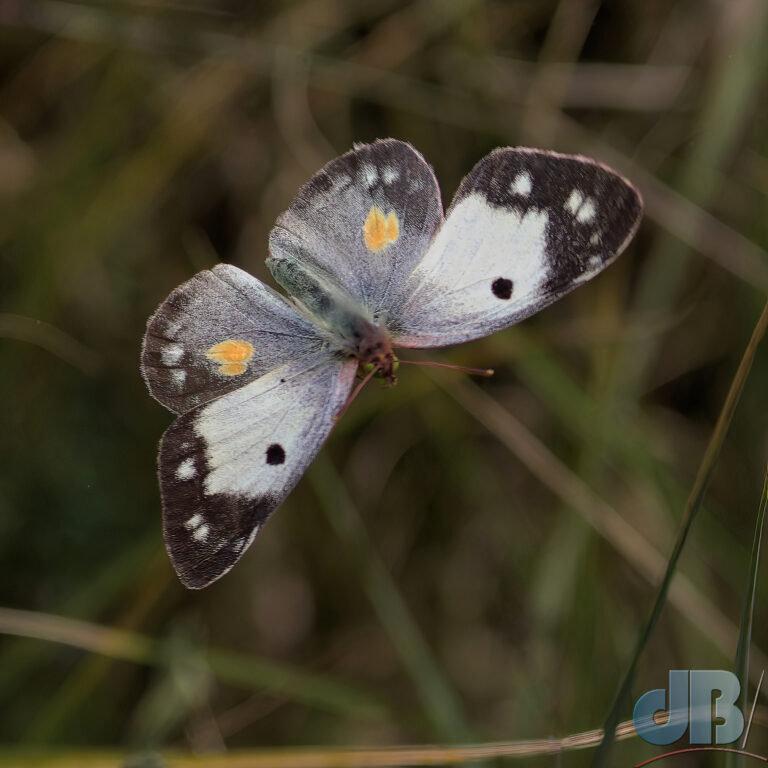
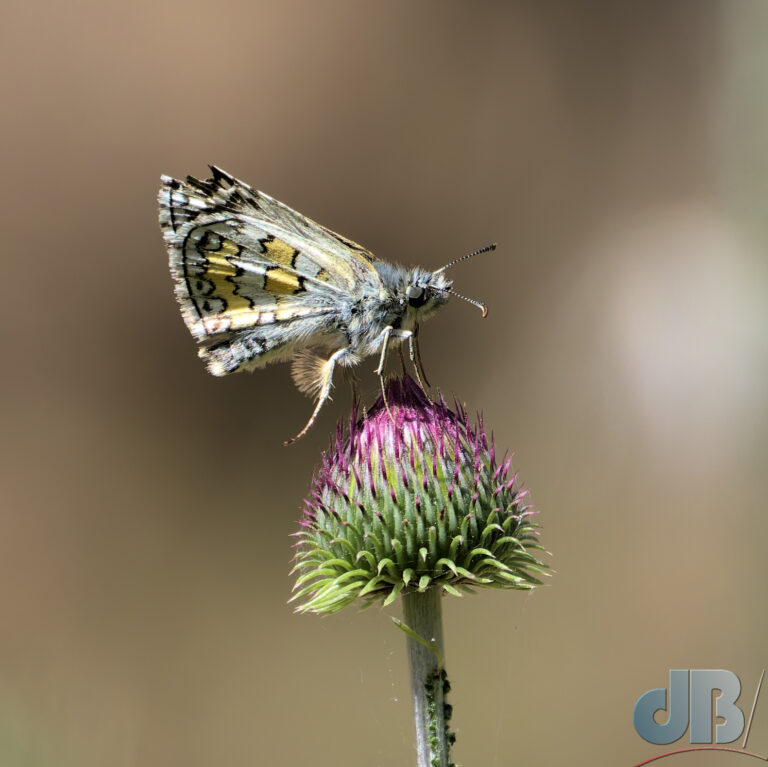
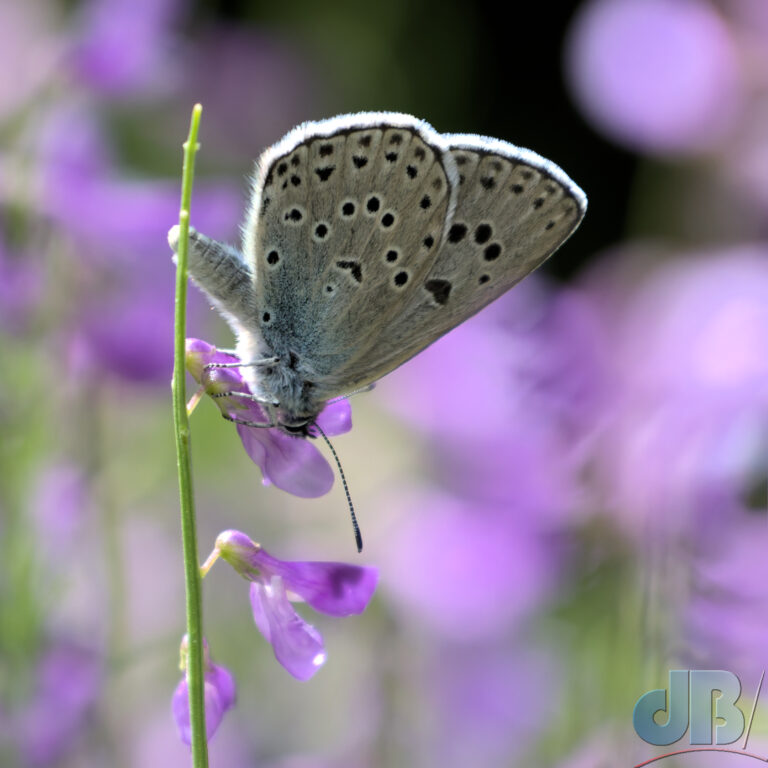
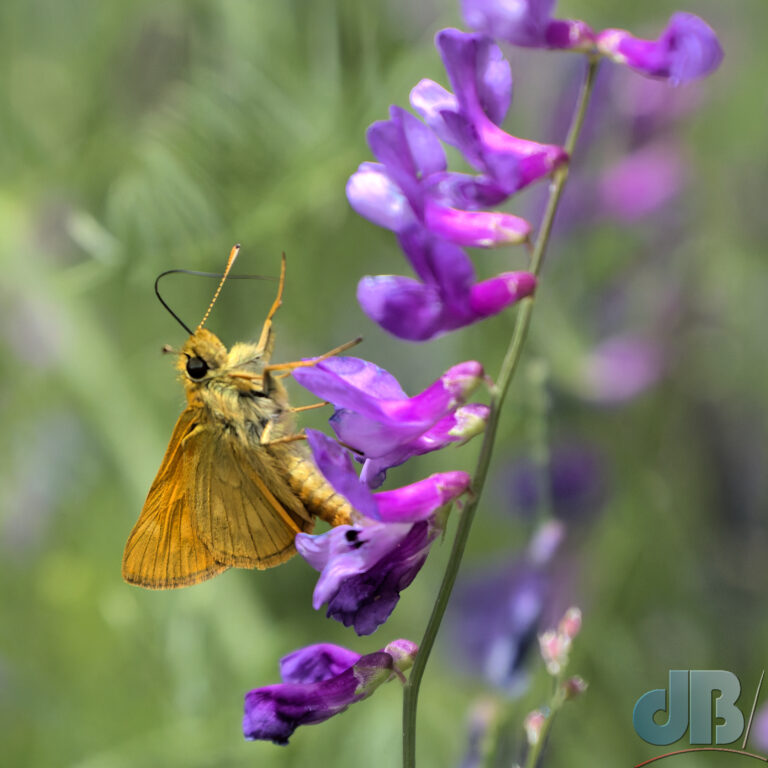
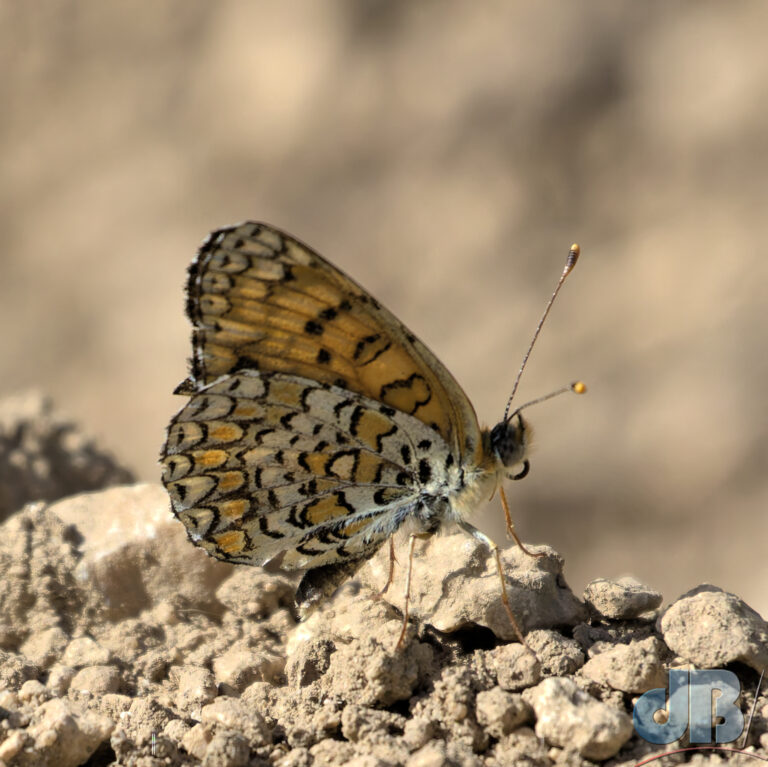
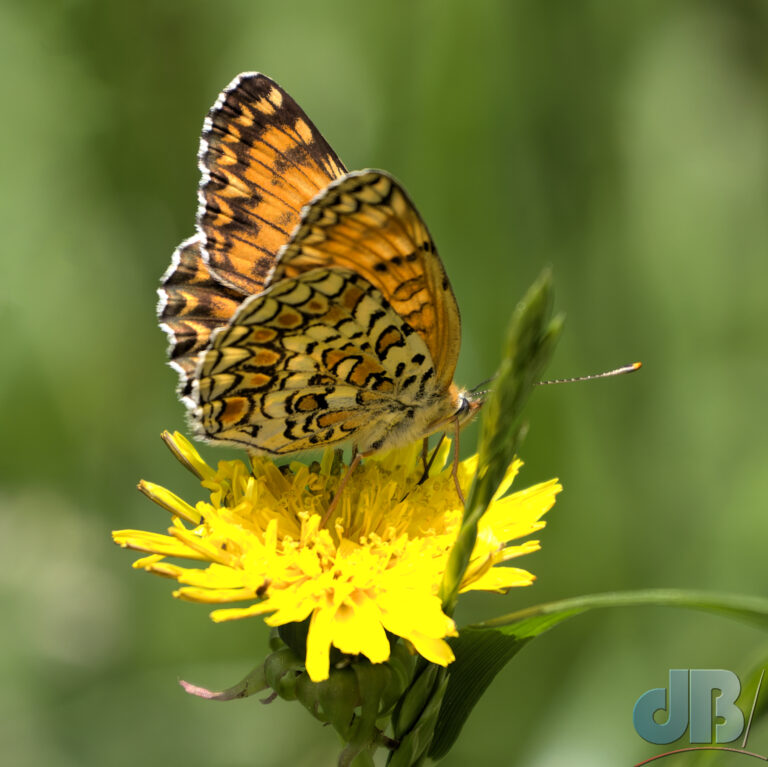
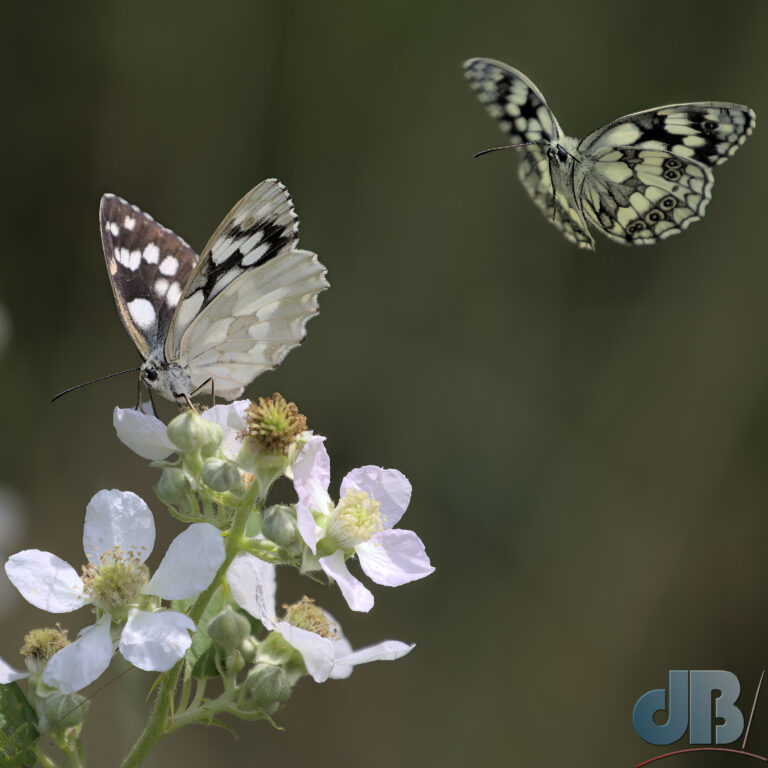
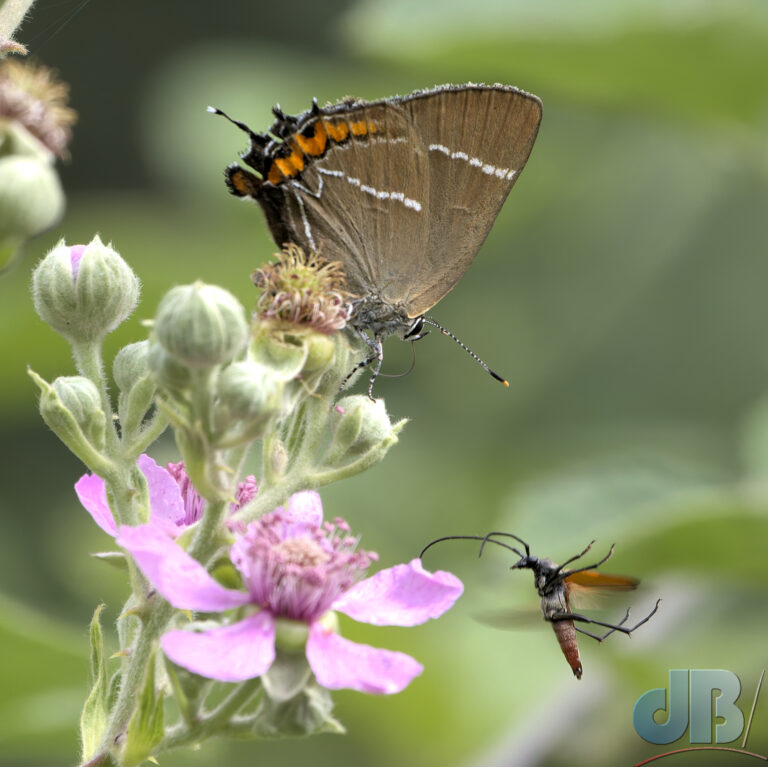
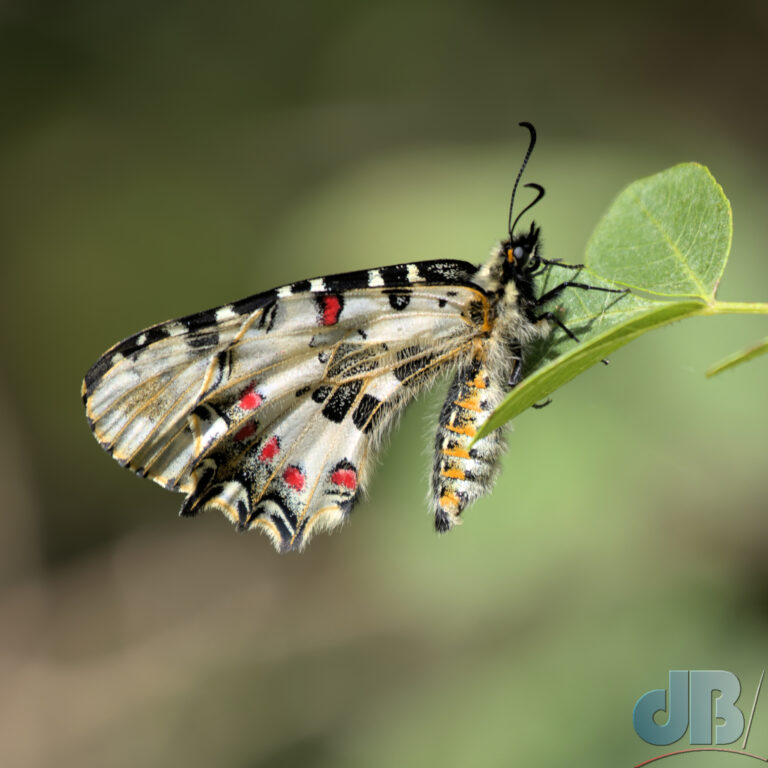
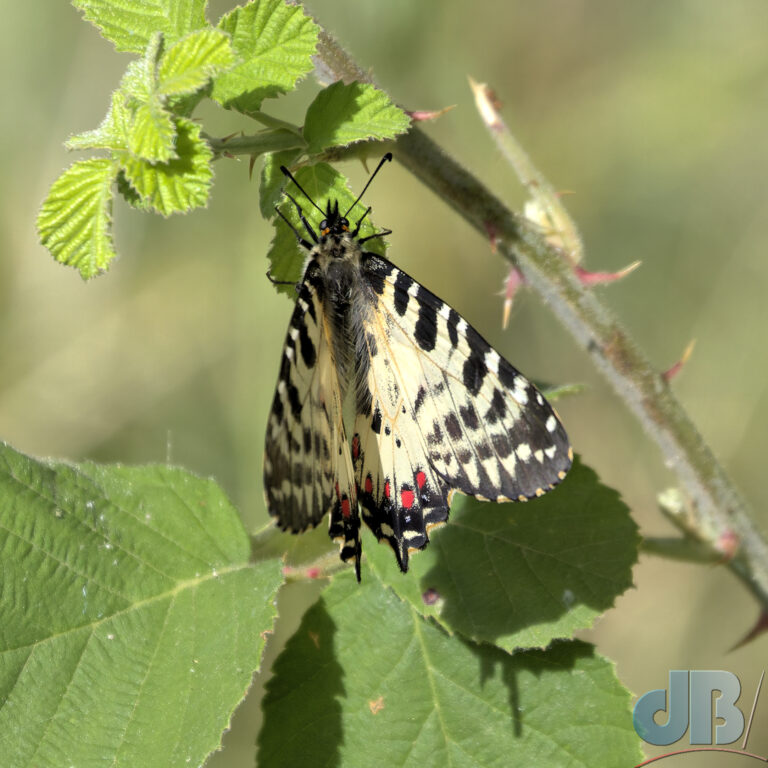
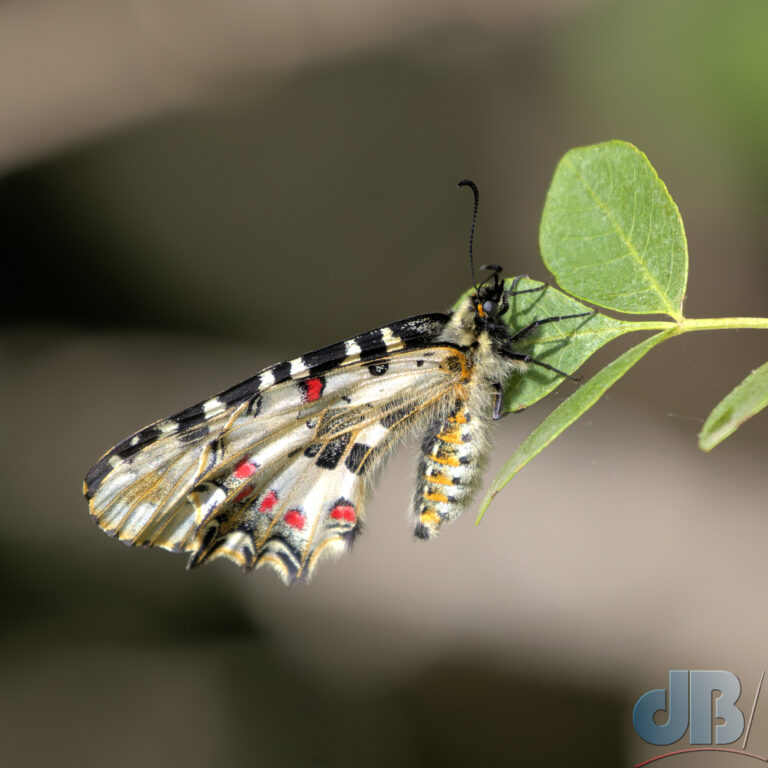
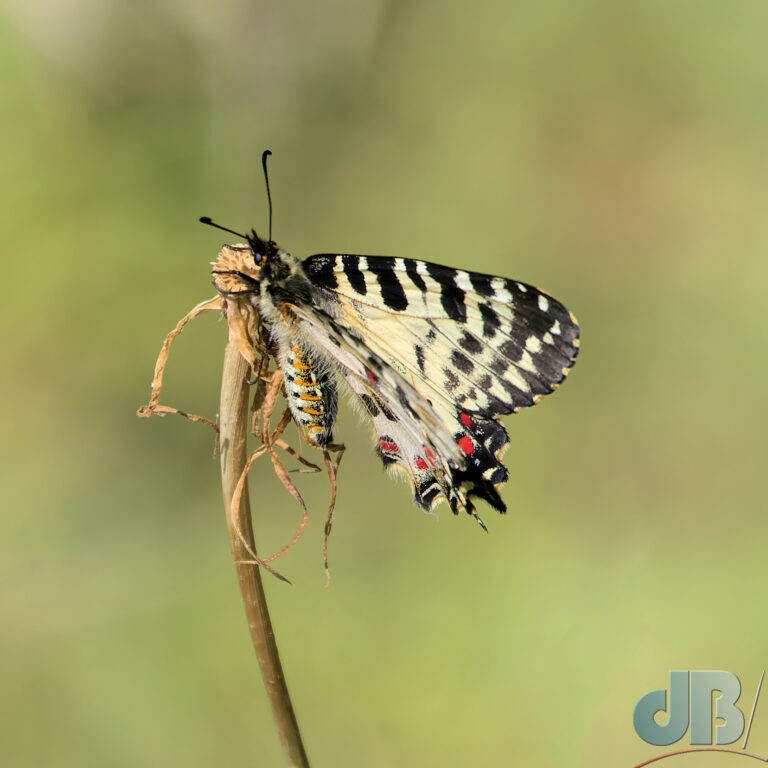
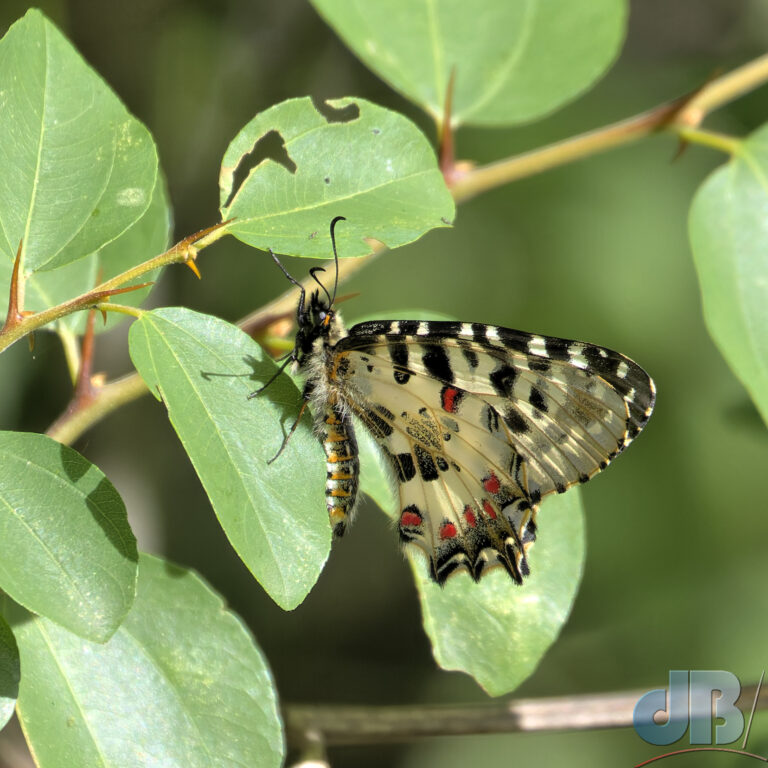
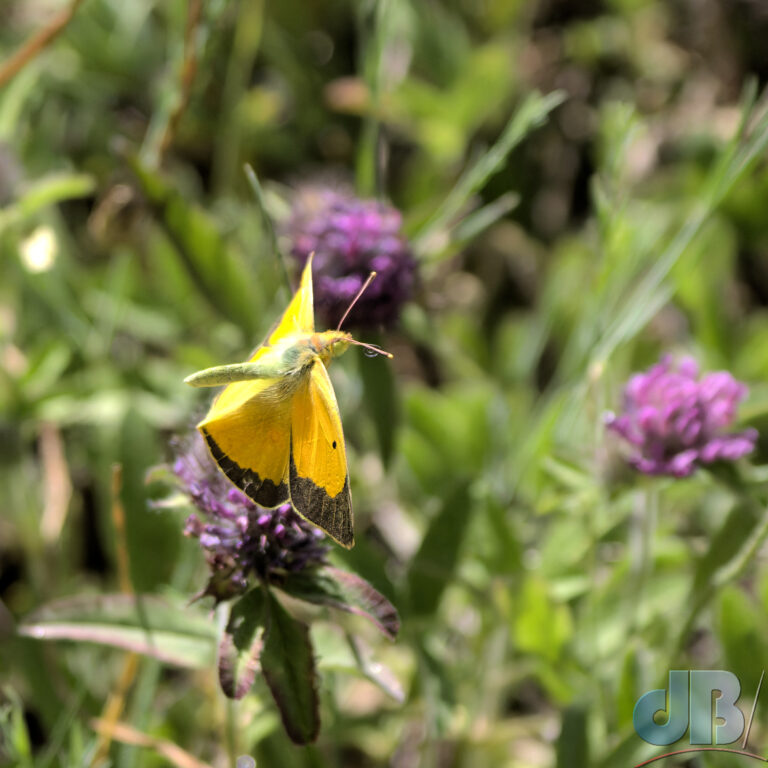
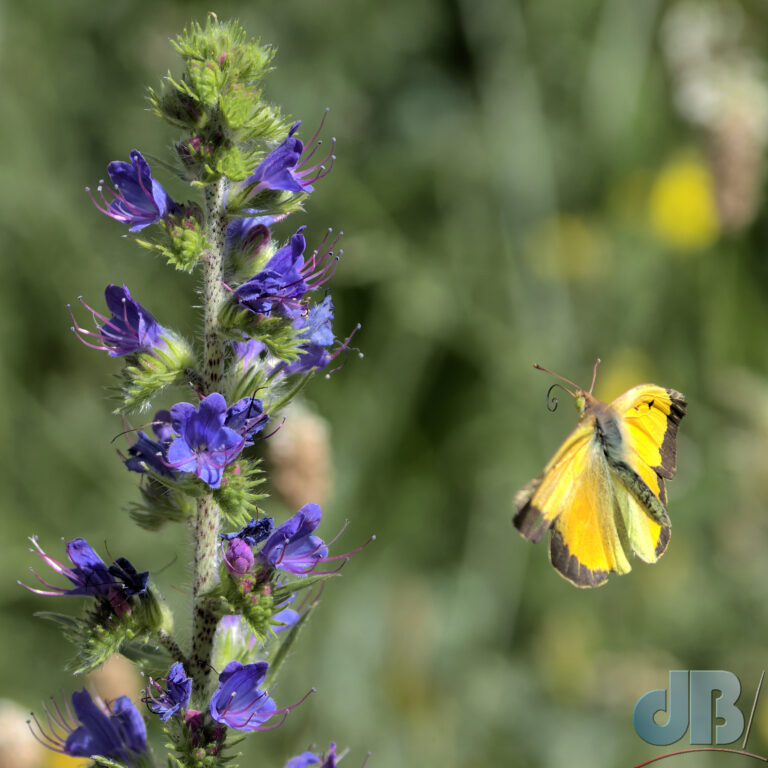
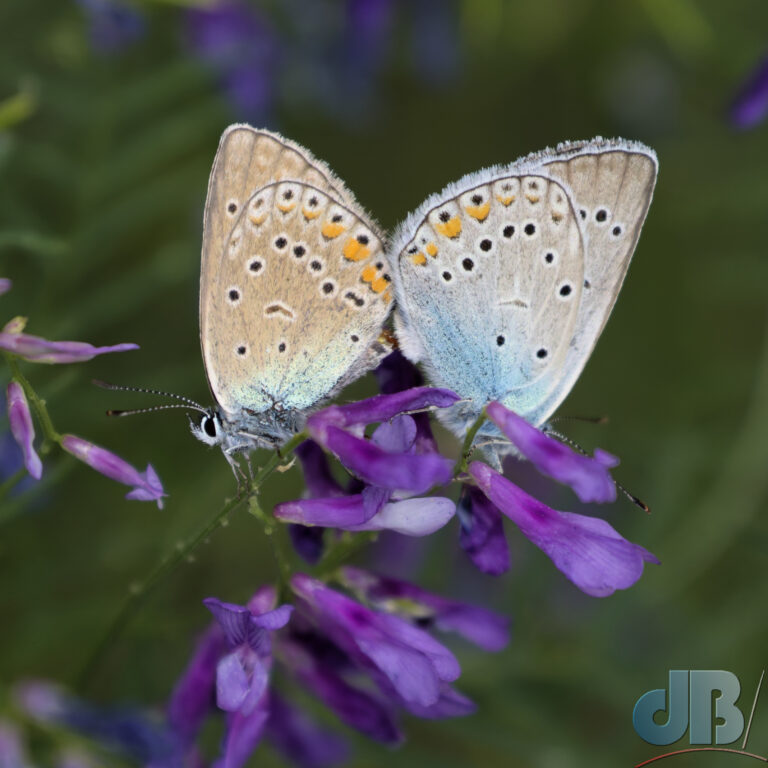
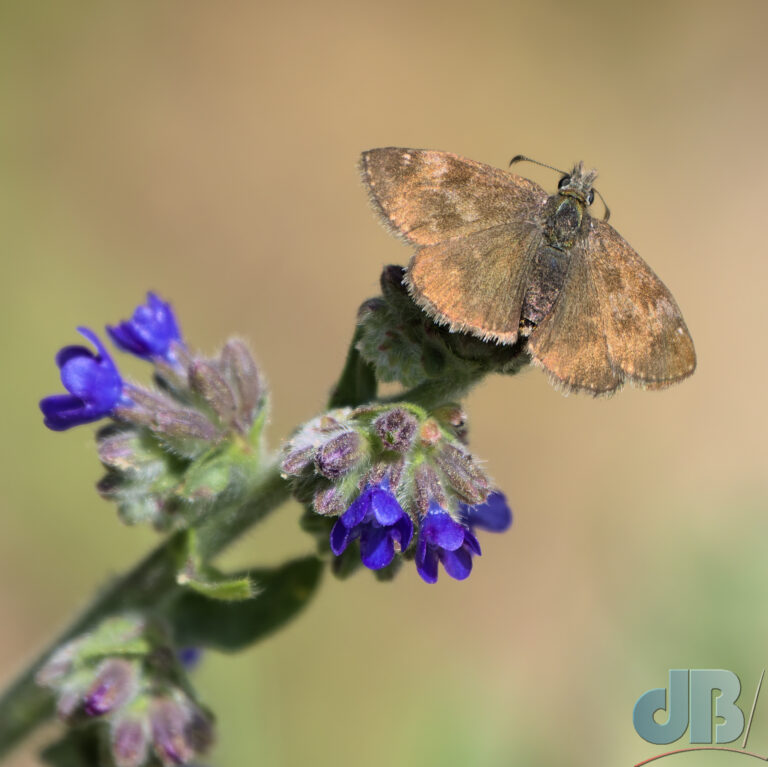
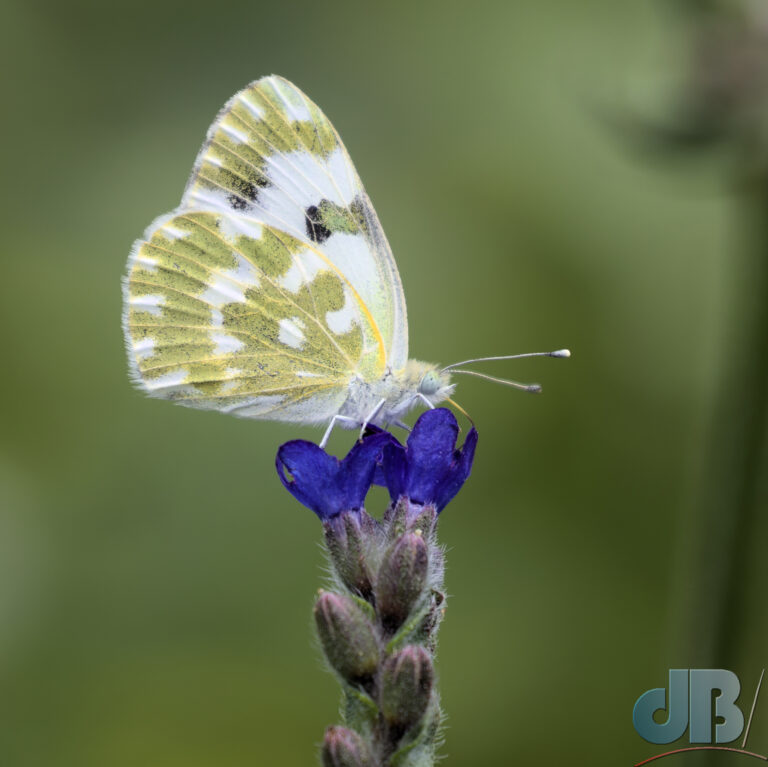
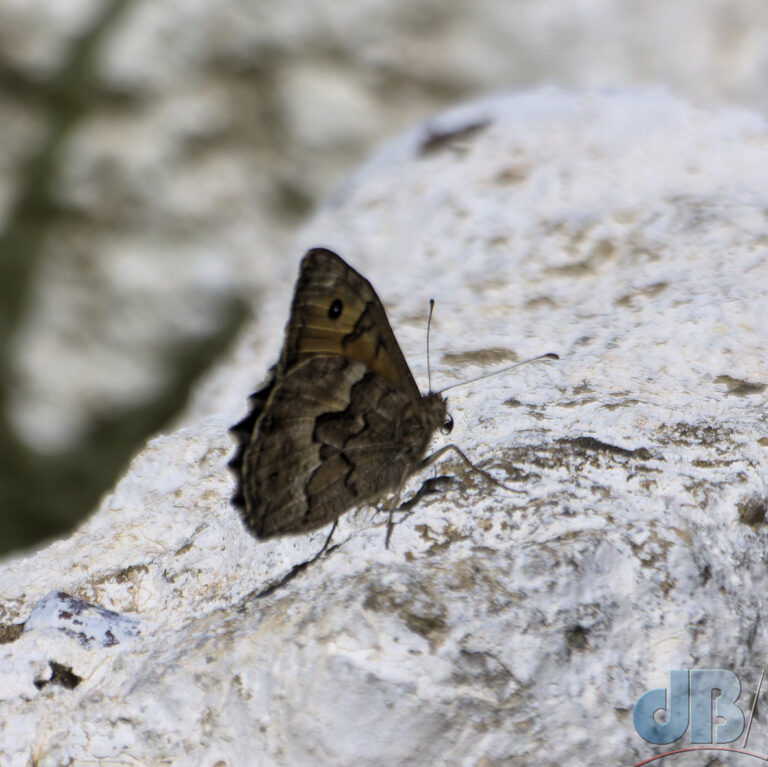
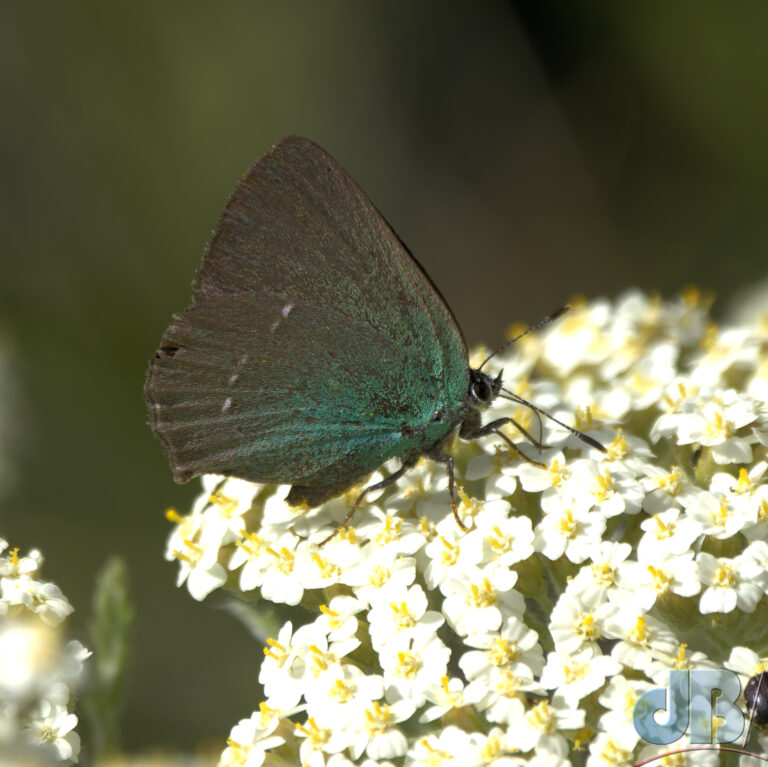
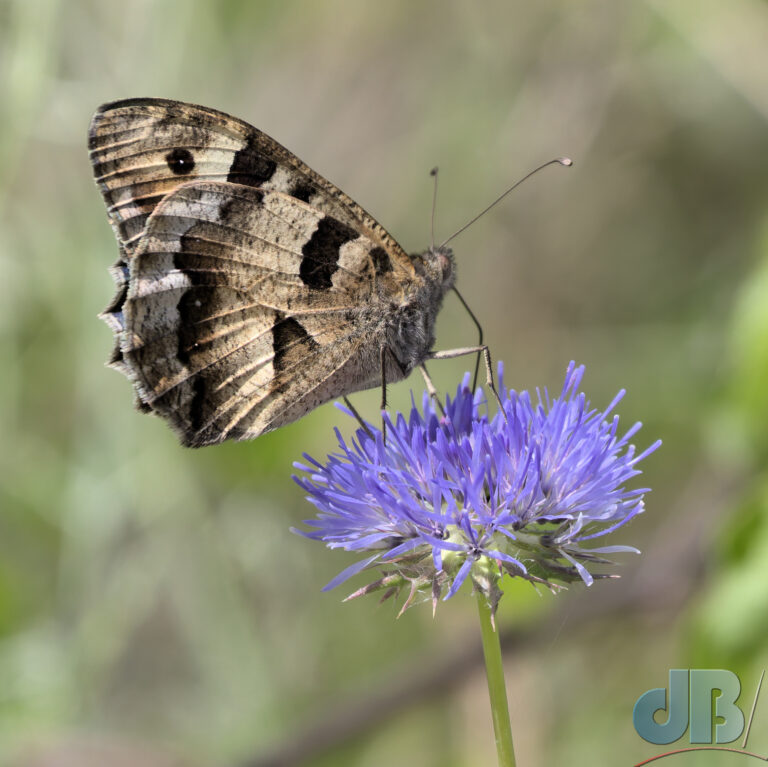
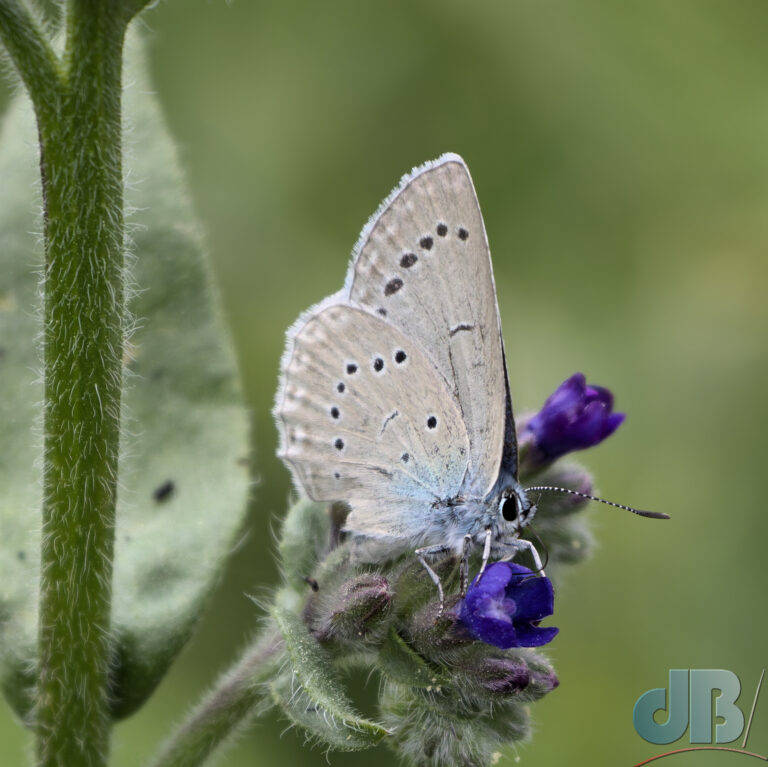
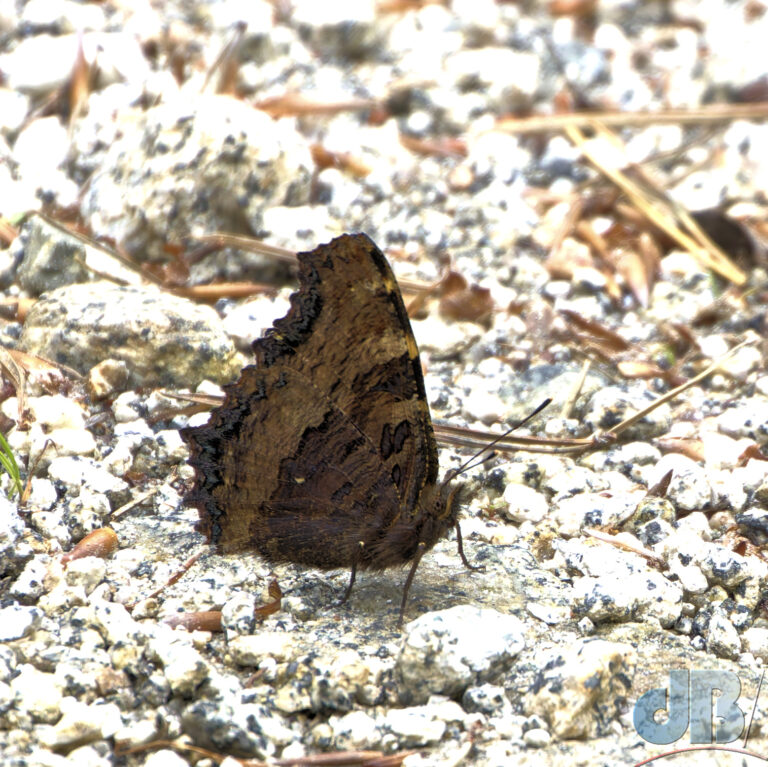
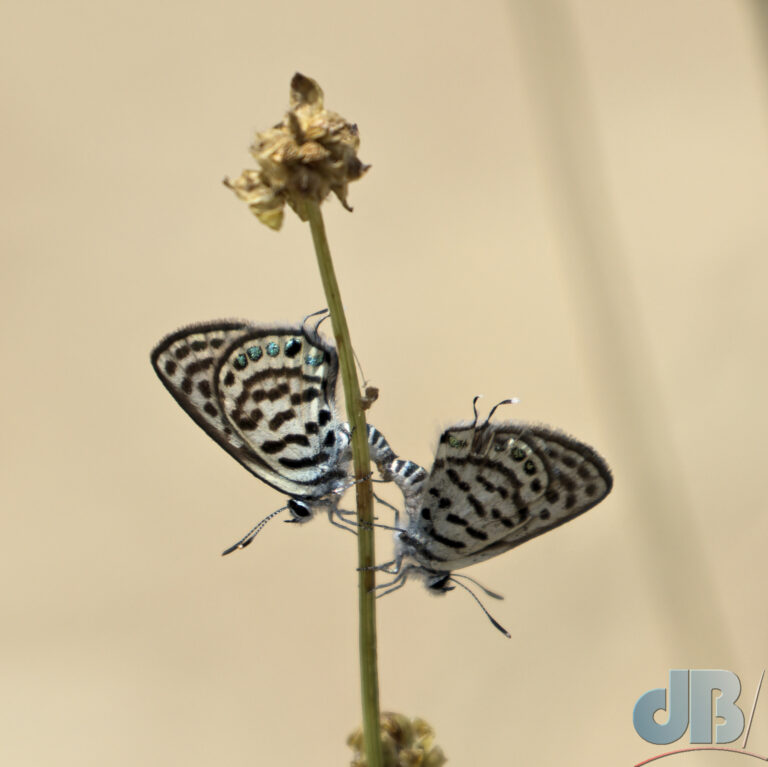
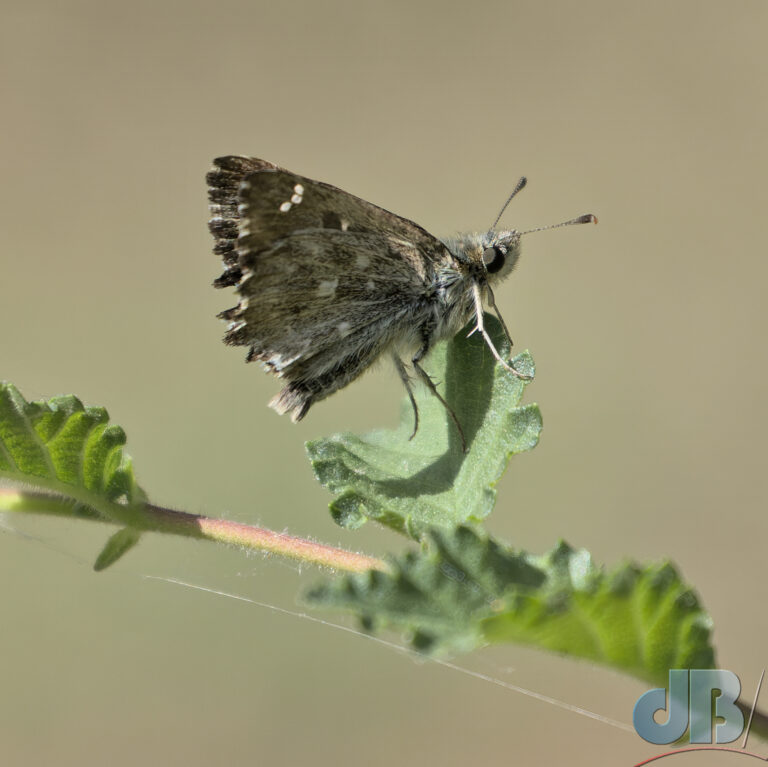
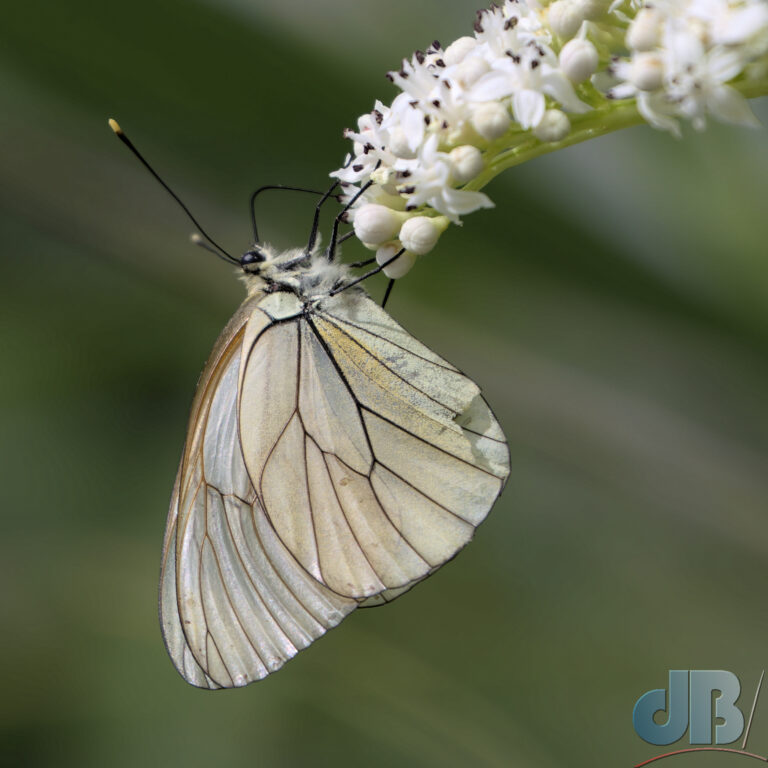
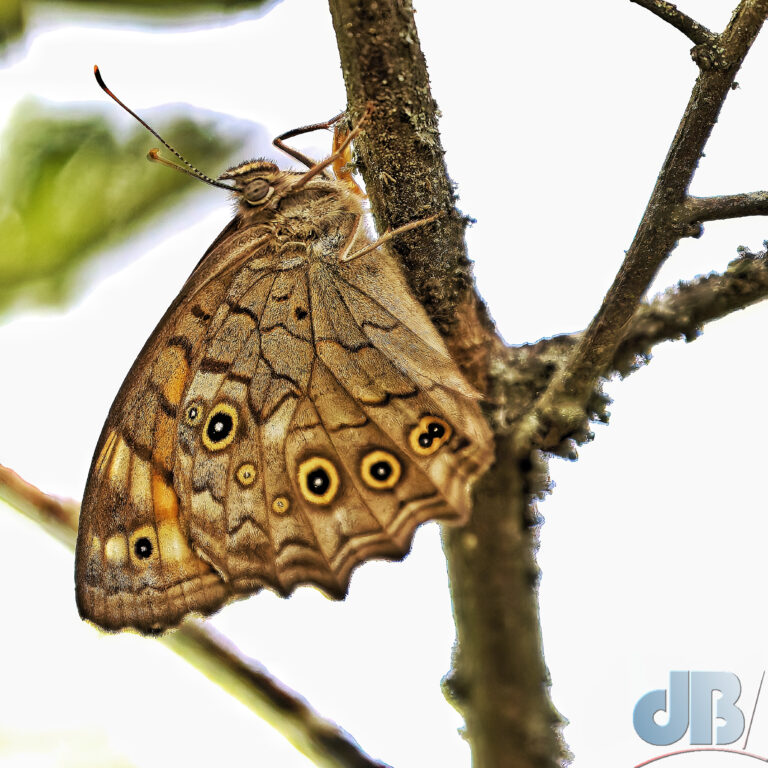
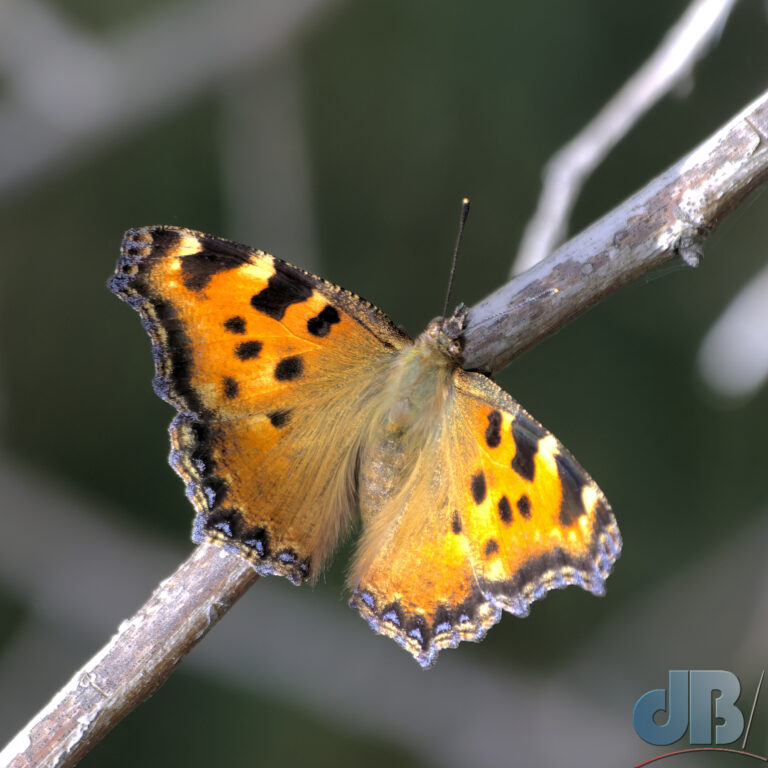 Large Tortoiseshell, Nymphalis polychloros, used to be an extant (the opposite of extinct) species in the UK, but no longer. That said, there have been occasional sightings, these are usually captive-bred specimens. There are hints that some are vagrants that have made it across The Channel. Of course, they are very much extant in Greece and elsewhere in mainland Europe. We were unable to see this one’s legs to check whether it was the yellow-legged species, N. xanthomelas.
Large Tortoiseshell, Nymphalis polychloros, used to be an extant (the opposite of extinct) species in the UK, but no longer. That said, there have been occasional sightings, these are usually captive-bred specimens. There are hints that some are vagrants that have made it across The Channel. Of course, they are very much extant in Greece and elsewhere in mainland Europe. We were unable to see this one’s legs to check whether it was the yellow-legged species, N. xanthomelas.